If You Don’t Know BLIC, You Don’t Know Wine: Watch this Video and Your Appreciation for Fine Wine Will NEVER be the same.
Greetings, fellow wine enthusiasts!
Greg Martellotto here from BigHammerWines.com and today I’m sharing a secret wine pro evaluation tool that I’ve used for more than twenty years to evaluate wines. Are you ready to unveil a simple yet powerful tool that wine pros use to taste, evaluate, and truly appreciate wine? It’s an acronym that will transform the way you experience every bottle: BLIC.
What is BLIC?
BLIC is an acronym that stands for Balance, Length, Intensity, and Complexity. These four pillars form the foundation for evaluating the quality and character of any wine. Let’s explore each one in turn.
1. Balance
Balance is the harmonious marriage of all the components in the wine — acidity, fruit, tannins, and alcohol. Imagine a symphony: no one instrument should overpower the others.
-
Acidity: The backbone of wine, giving it freshness and lift. Too much acid can feel sharp and biting; too little, and the wine becomes flat and dull.
-
Fruit: The ripe, juicy elements derived from the grape. It should neither dominate nor be shy.
-
Tannins: These are the bitter, astringent compounds found in red wines, from grape skins and oak aging. Excessive tannins can feel like over-steeped tea—harsh and drying.
-
Alcohol: A well-integrated alcohol level is crucial. If the alcohol is too high, you’ll feel a burning sensation—what we call "hot"—which disrupts balance.
A wine that achieves balance feels smooth and seamless; all parts working in concert, inviting you to take another sip.
2. Length
Length is how long the wine’s flavors linger on your palate after swallowing.
A short finish fades quickly, leaving little impression—a bit like a forgettable conversation. A wine with remarkable length haunts your senses for minutes, revealing layers and nuances that keep you captivated long after the last sip.
Length often correlates with quality — the more persistent the finish, the more memorable the wine. Length can also be an indicator of how long and how well a wine will improve with age.
3. Intensity
Intensity primarily refers to the wine’s aromas and flavors — how vivid and powerful they are.
Your nose is an extraordinary organ, capable of detecting millions of scent compounds. Higher-quality wines tend to boast a rich aromatic profile, bursting with ripe fruit, spices, and subtle complexities. Lower-quality wines often lack this aromatic depth and can smell and taste neutral or muted.
When tasting, an intense wine commands your attention and stops you in your tracks. My nose is so well trained that I can smell a great wine from 8-12 feet away or across the table.
4. Complexity
Complexity is the crown jewel of fine wine tasting. It describes the layers, depth, and intrigue within the wine — those subtle shifts in flavour and aroma that keep you exploring with each sip.
Take, for example, a fine Bordeaux such as Château Margaux. When poured, it evolves over time in the glass and on your palate, unfolding new facets that speak of serious craftsmanship and terroir. Complexity is what makes a wine endlessly fascinating — it invites you back again and again to uncover its secrets. For wines with the greatest complexity, words fail us.
Using BLIC to Evaluate Wine
When you taste a wine, run it through the BLIC checklist:
-
Does it have balance?
-
Does it offer a pleasant length?
-
Is the intensity of flavor and aroma notable?
-
Does it show complexity and depth?
If a wine ticks just one box, it might be pleasant enough for casual enjoyment. Two boxes? A respectable wine worth your time. Three? A wine you’d consider buying again. But if a wine nails all four? You’re in the presence of something truly remarkable — a wine worth remembering, sharing, and savoring.
At Big Hammer Wines, this is how we approach every bottle. We seek wines that check all the boxes—wines that spark curiosity, reward patience, and provide sheer pleasure.

Why BLIC Matters
Conscious evaluation transforms wine drinking from a routine sip into a journey of discovery. Understanding BLIC sharpens your senses, deepens your appreciation, and connects you to the artistry behind each bottle.
Wine is not just a drink. It is a gateway to regions, cultures, and stories, all encapsulated within a single glass. With BLIC as your guide, you can travel the world through wine without ever leaving your table.
Now that you’re armed with this tool, try it out. Make a fun game of it. After explaining the parameters, you can have your friends rate each of the four categories on a scale of 1-10. The highest cumulative or average score of different wines wins.
If you found this insight helpful, I invite you to subscribe to our channel and share it with fellow wine lovers. Here’s to more mindful sipping, richer stories, and exceptional wines.
Cheers,
Greg Martellotto
BigHammerWines.com
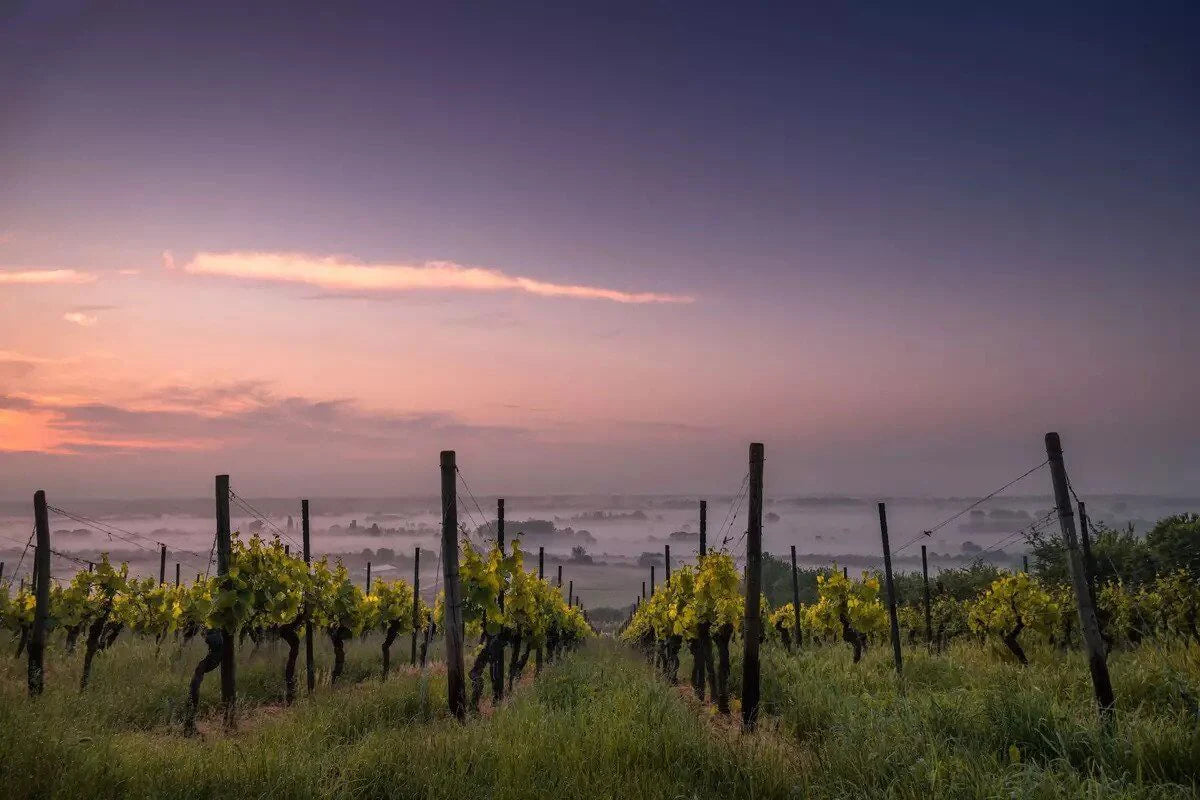
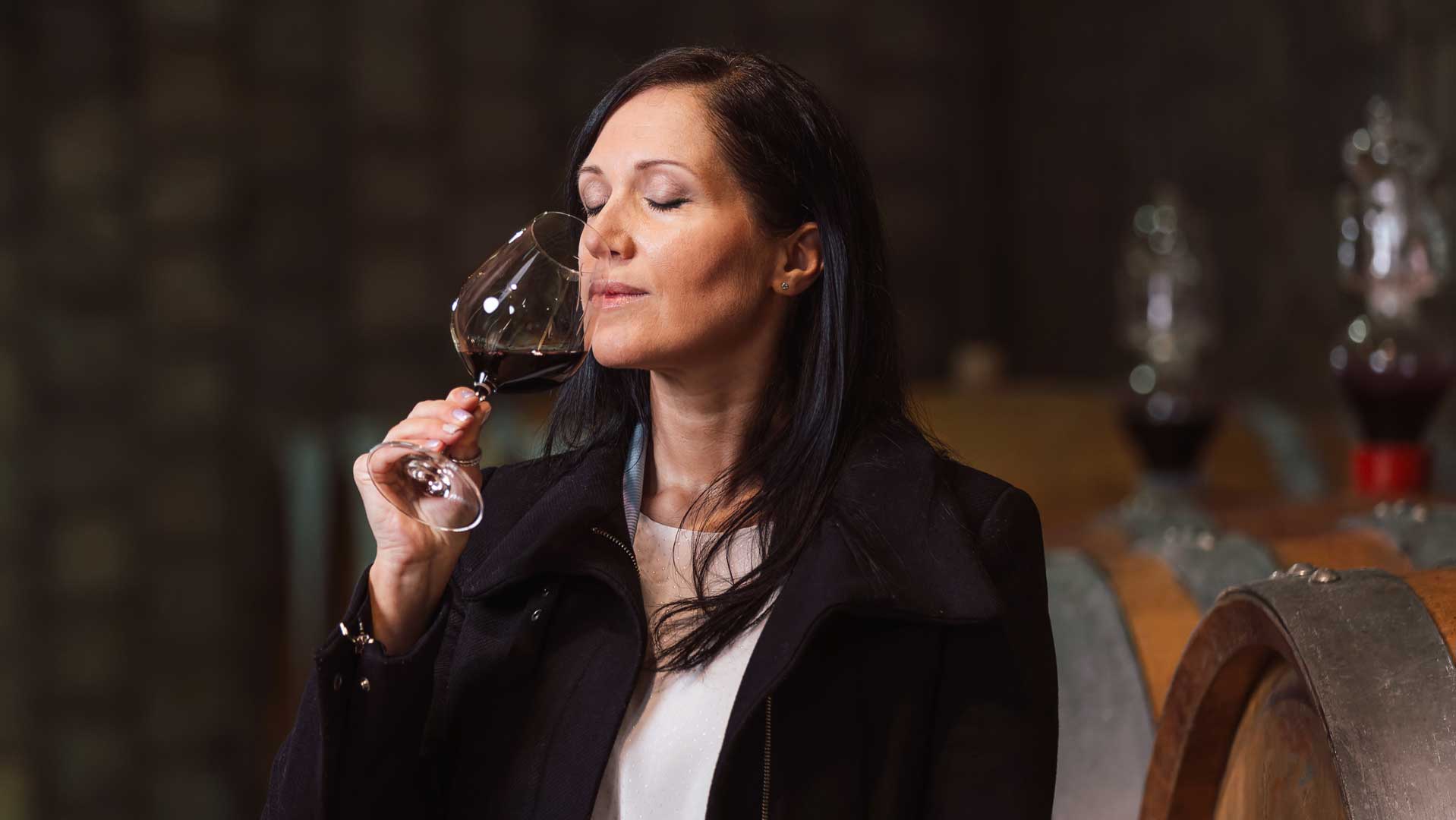
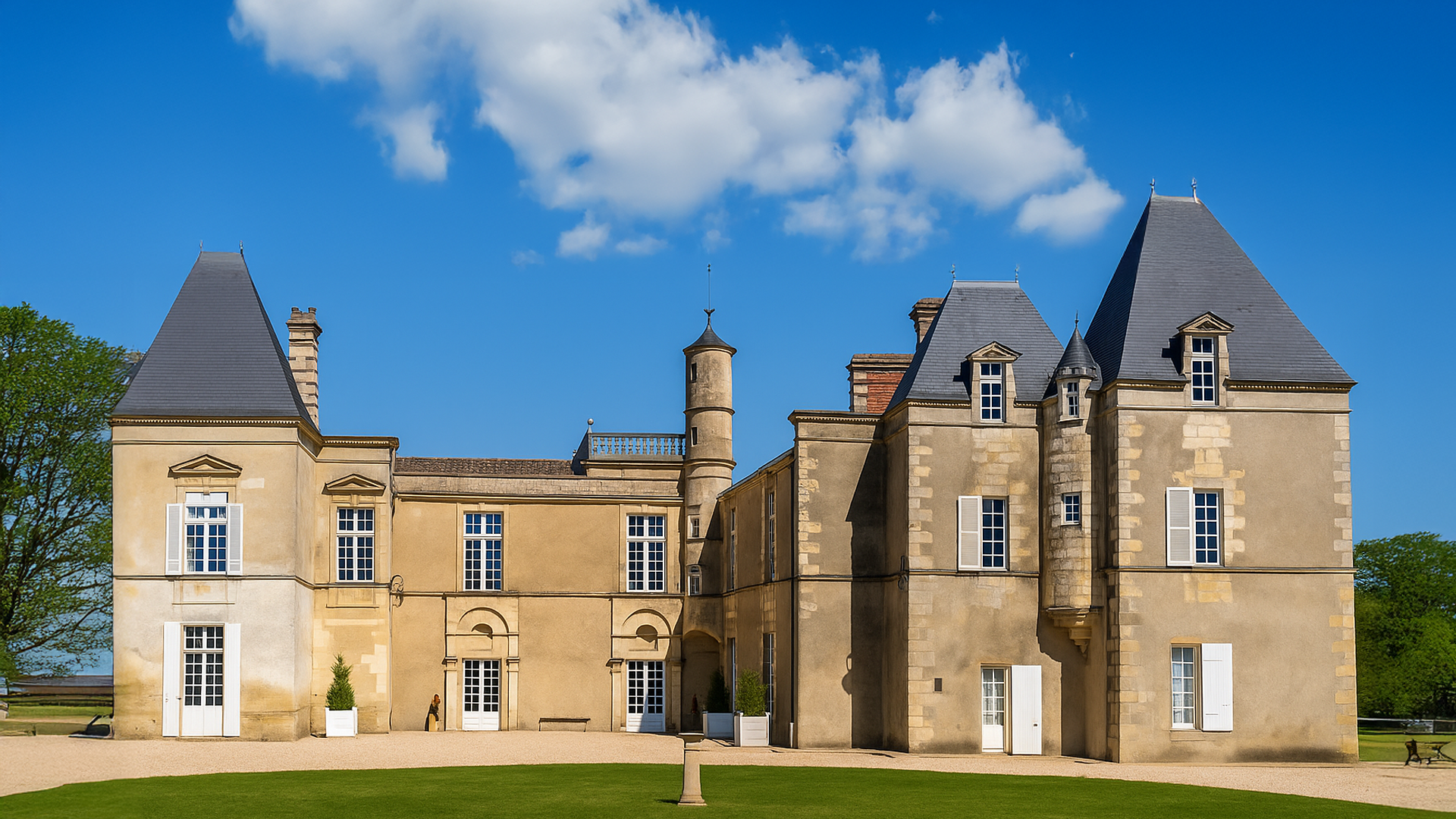
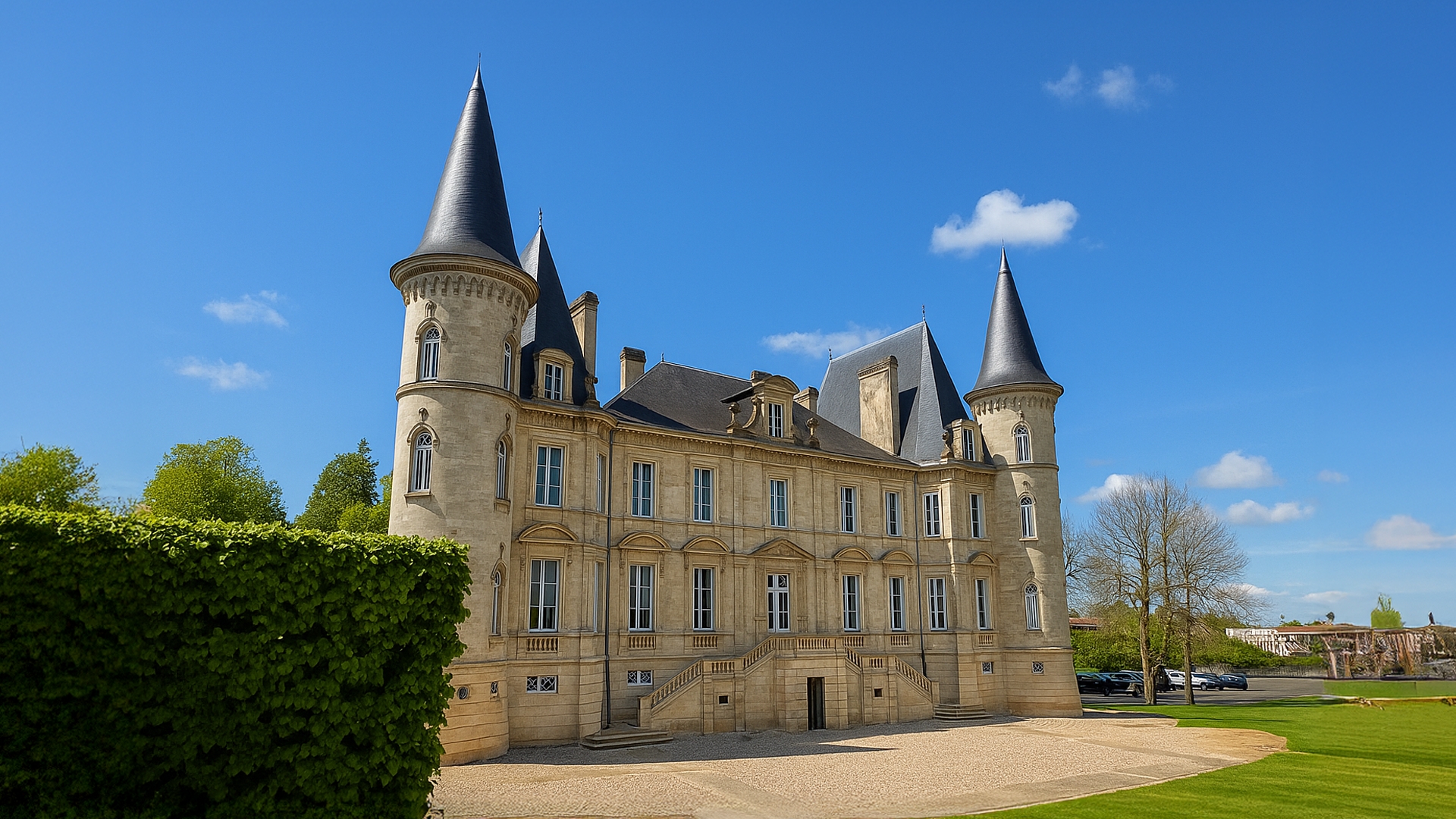
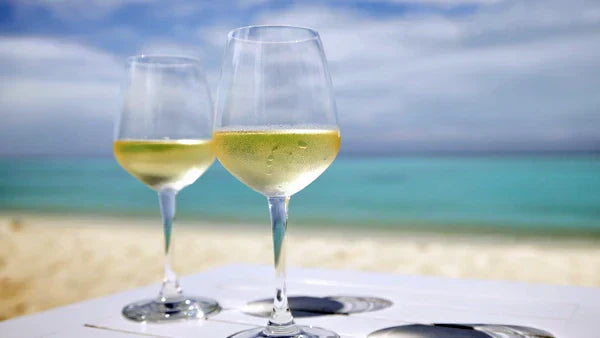


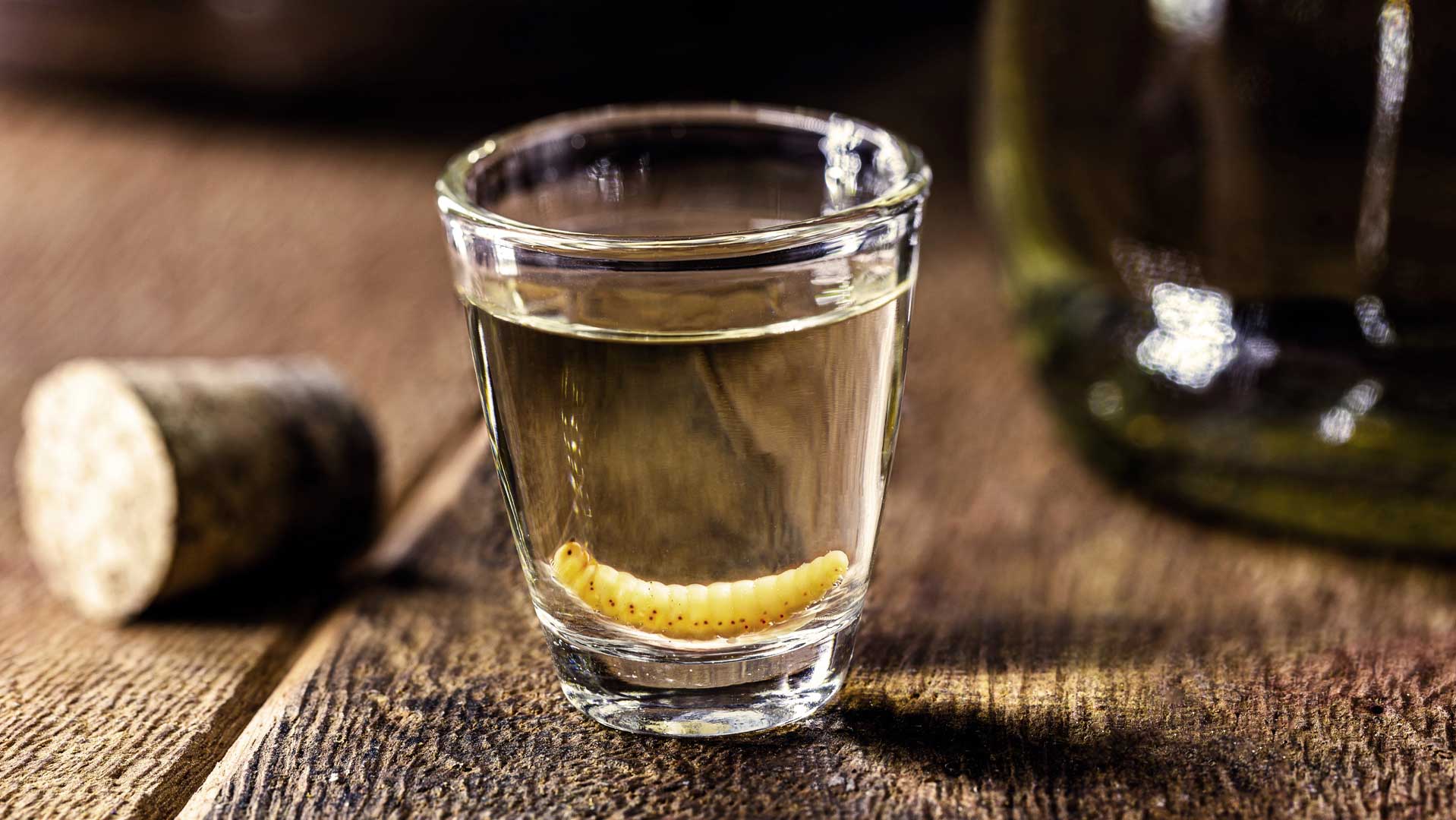
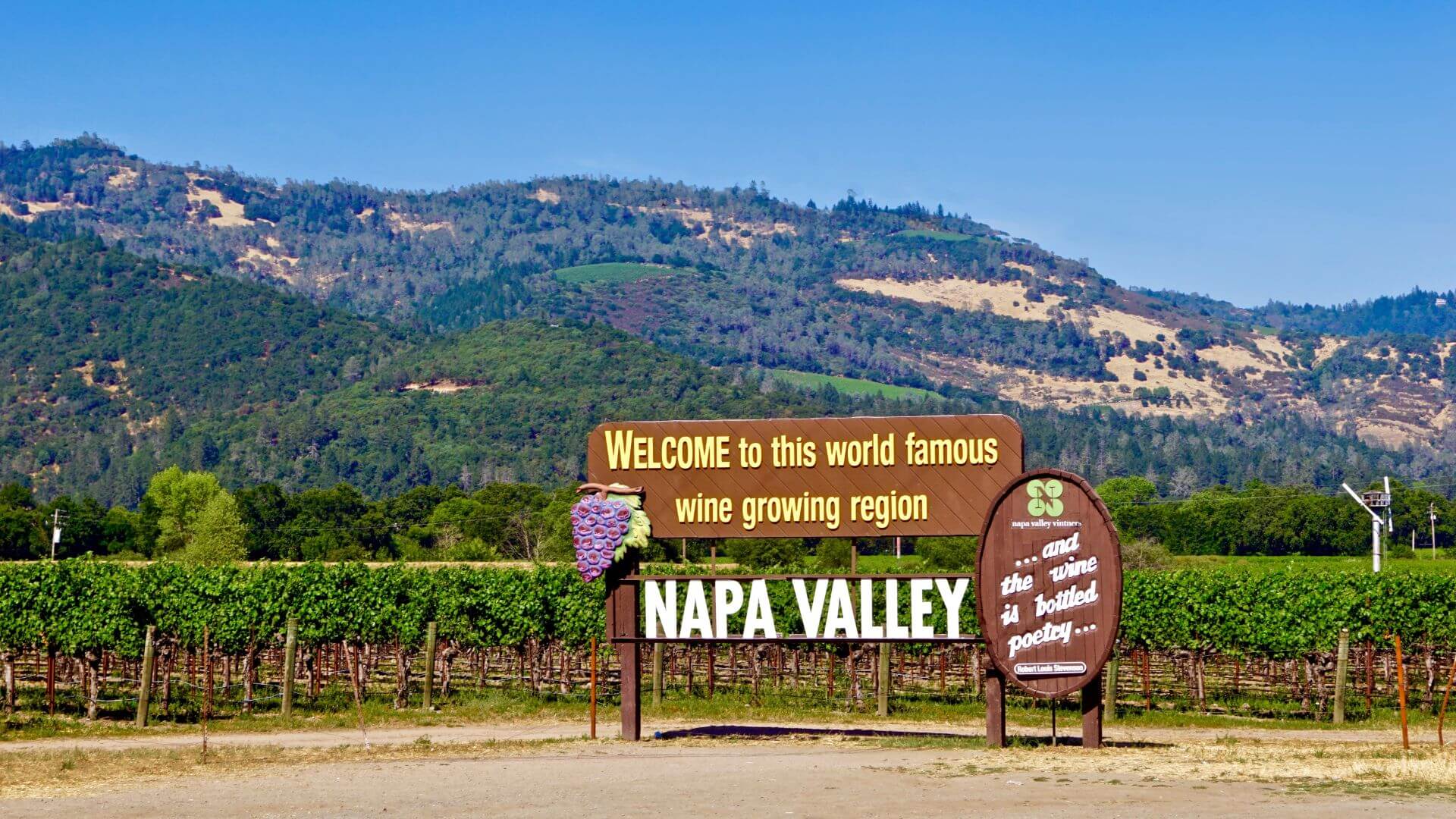
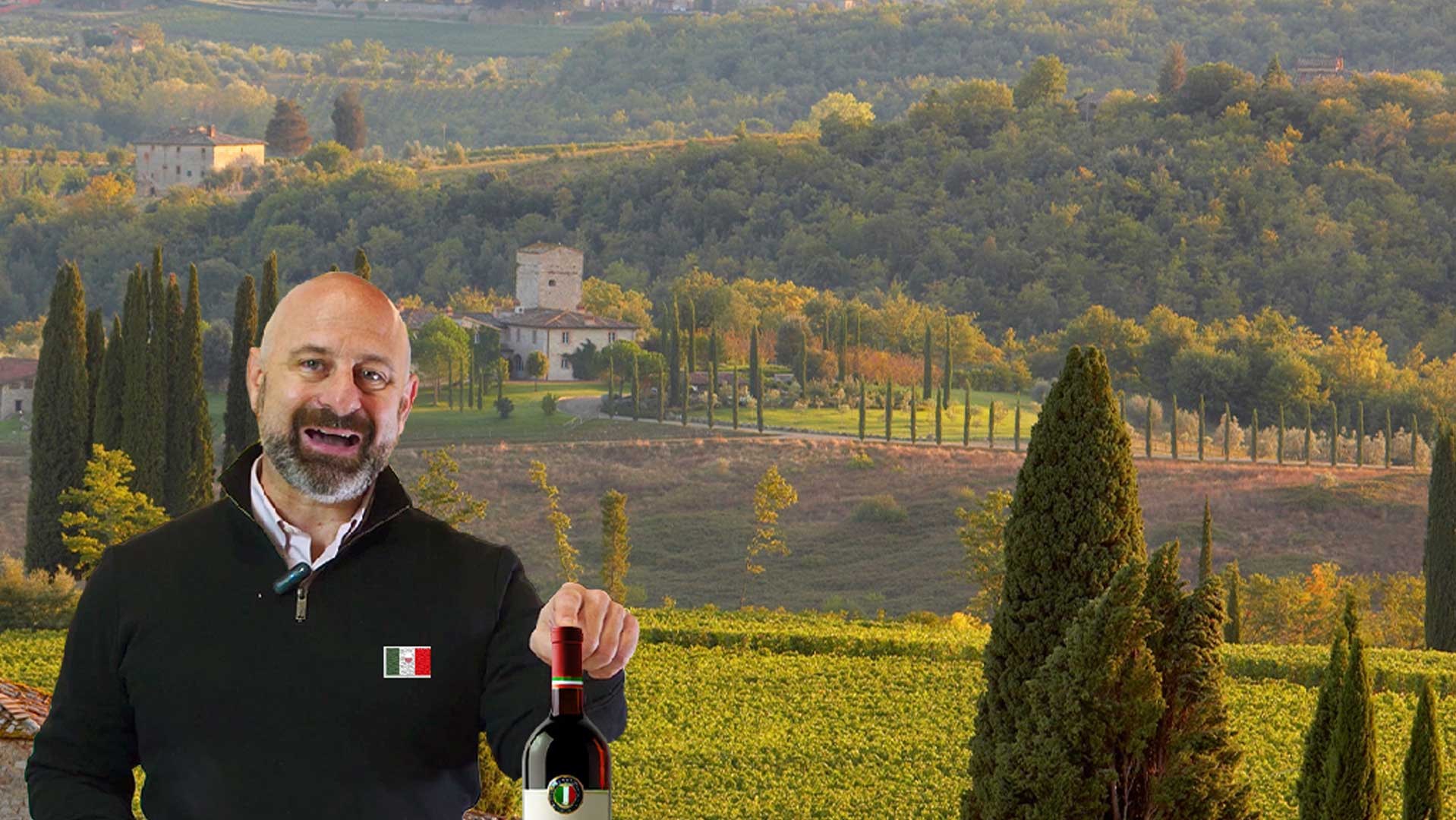
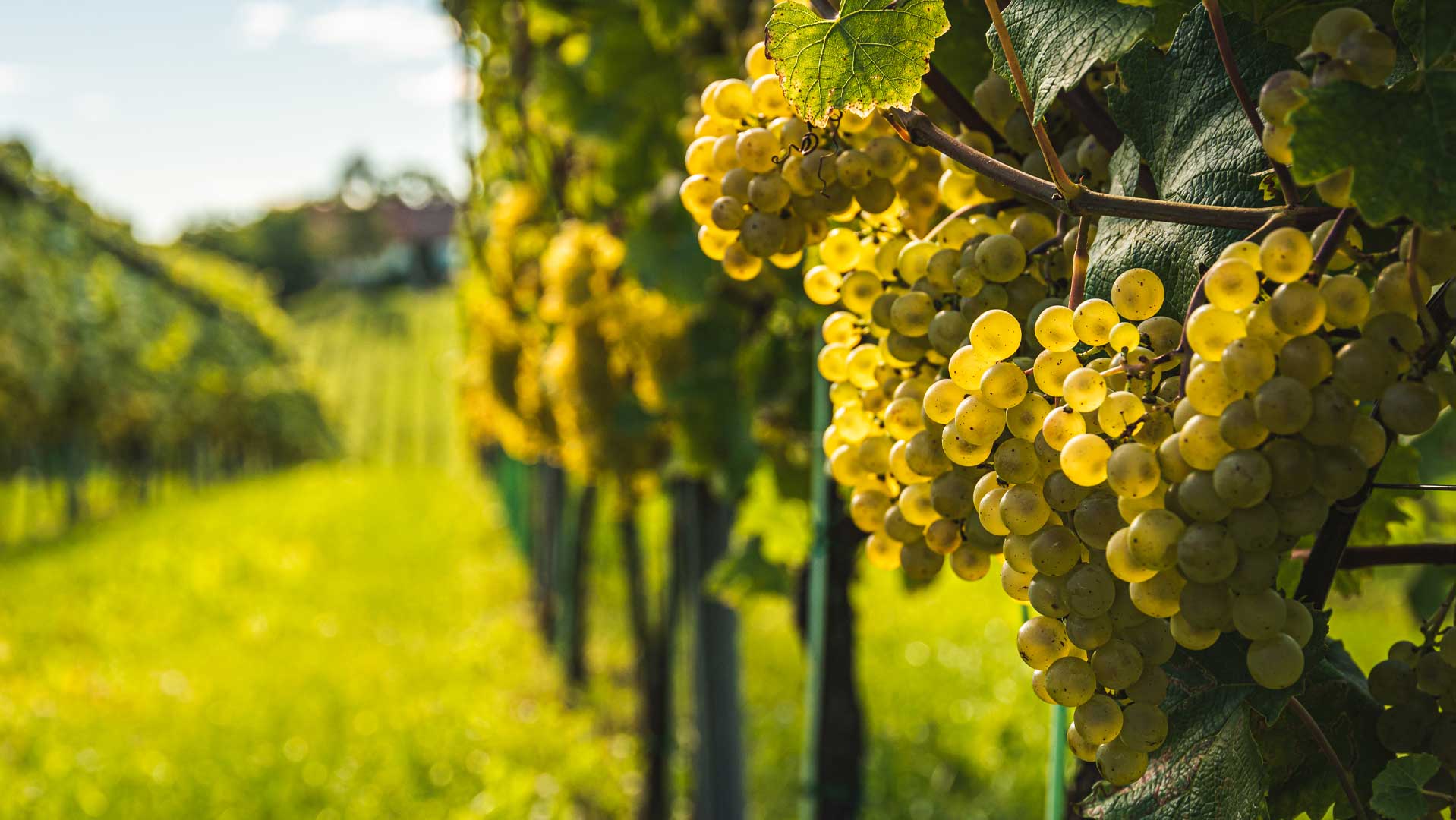
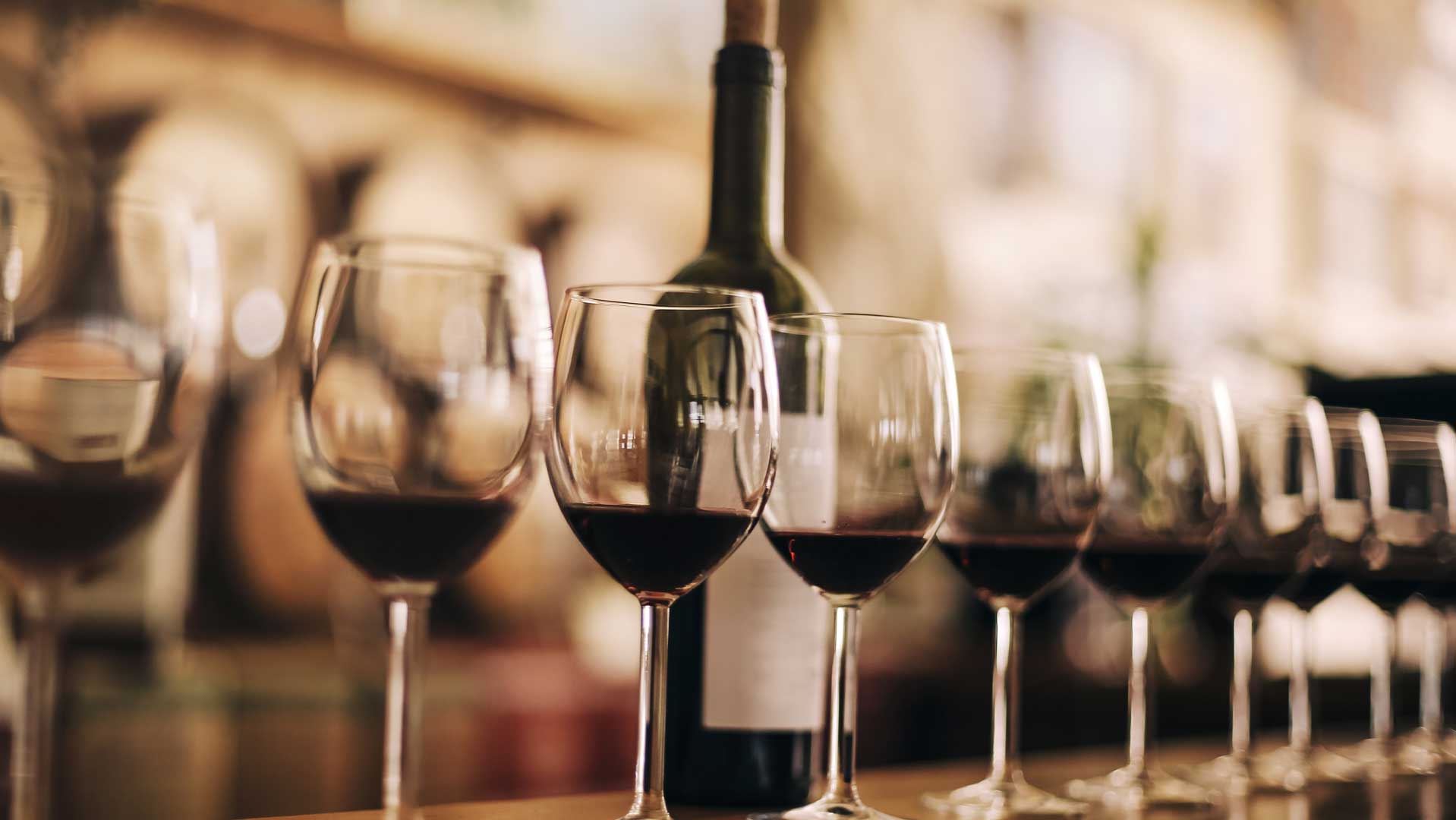

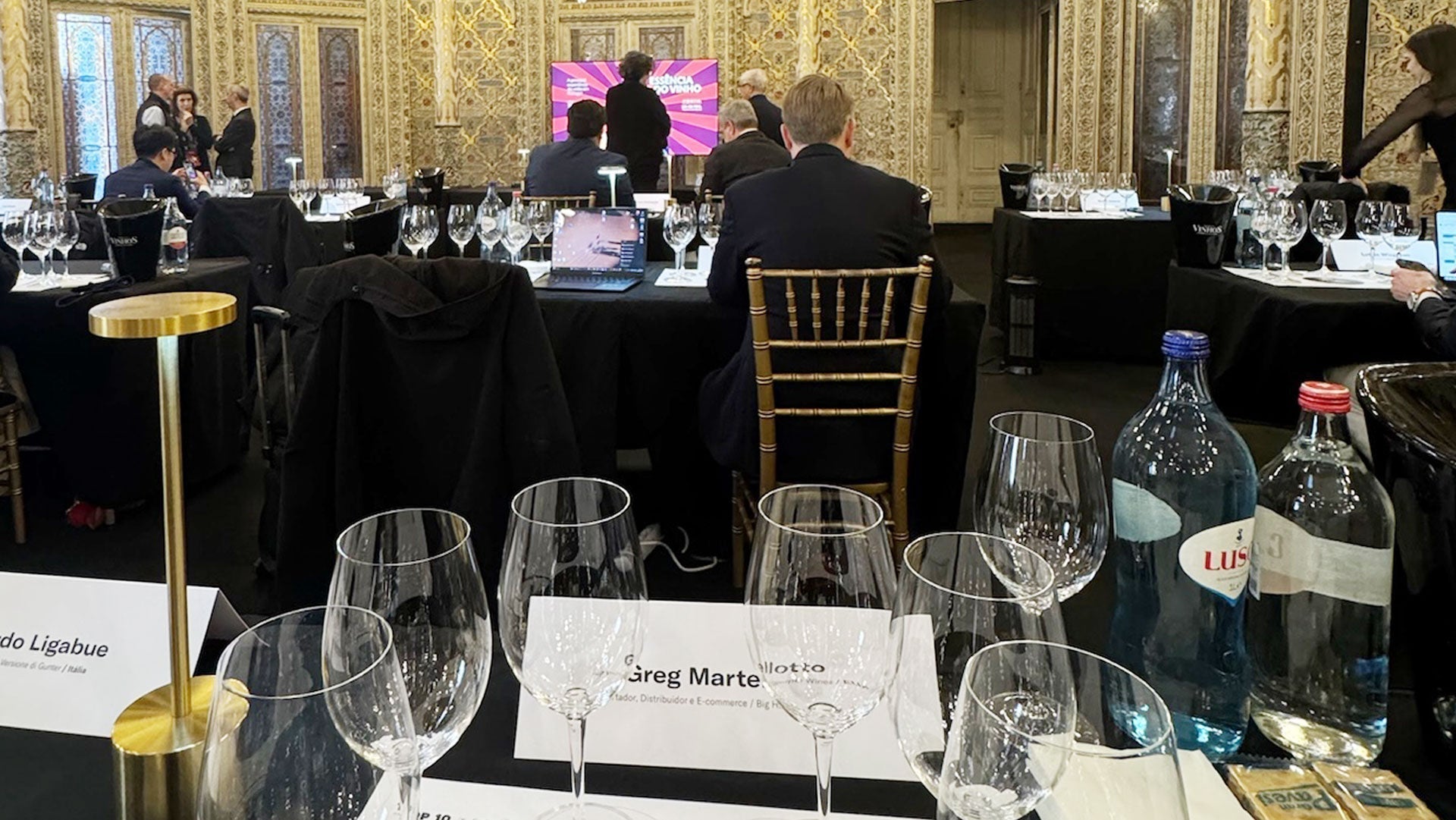

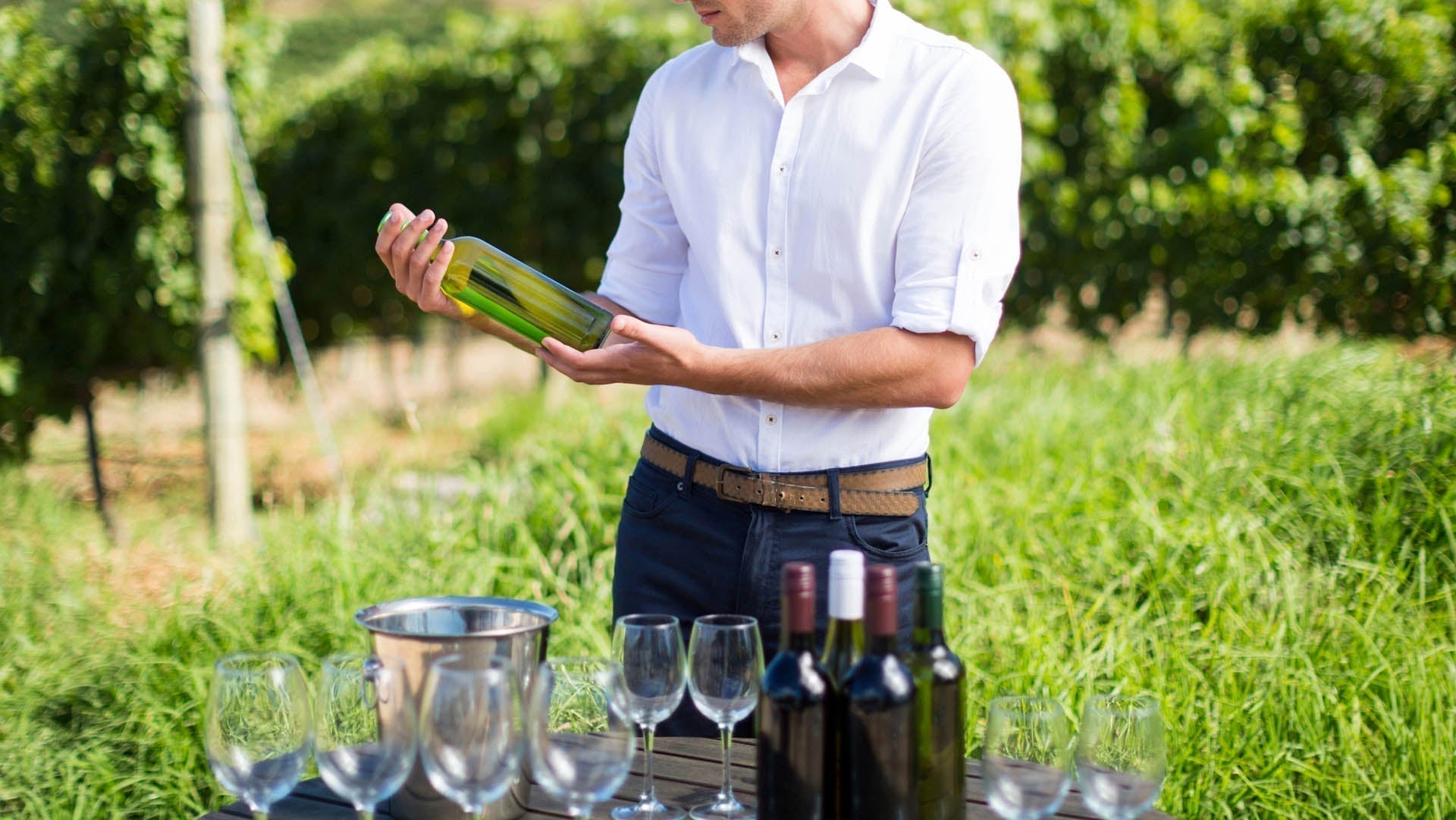
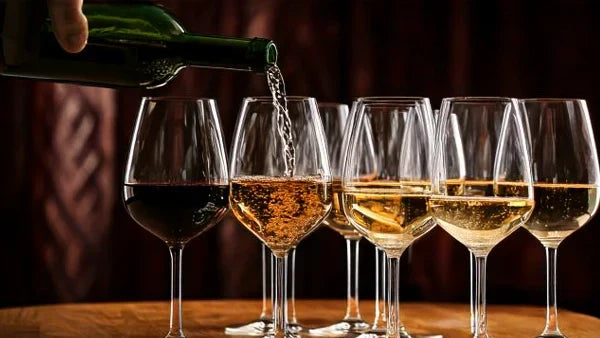
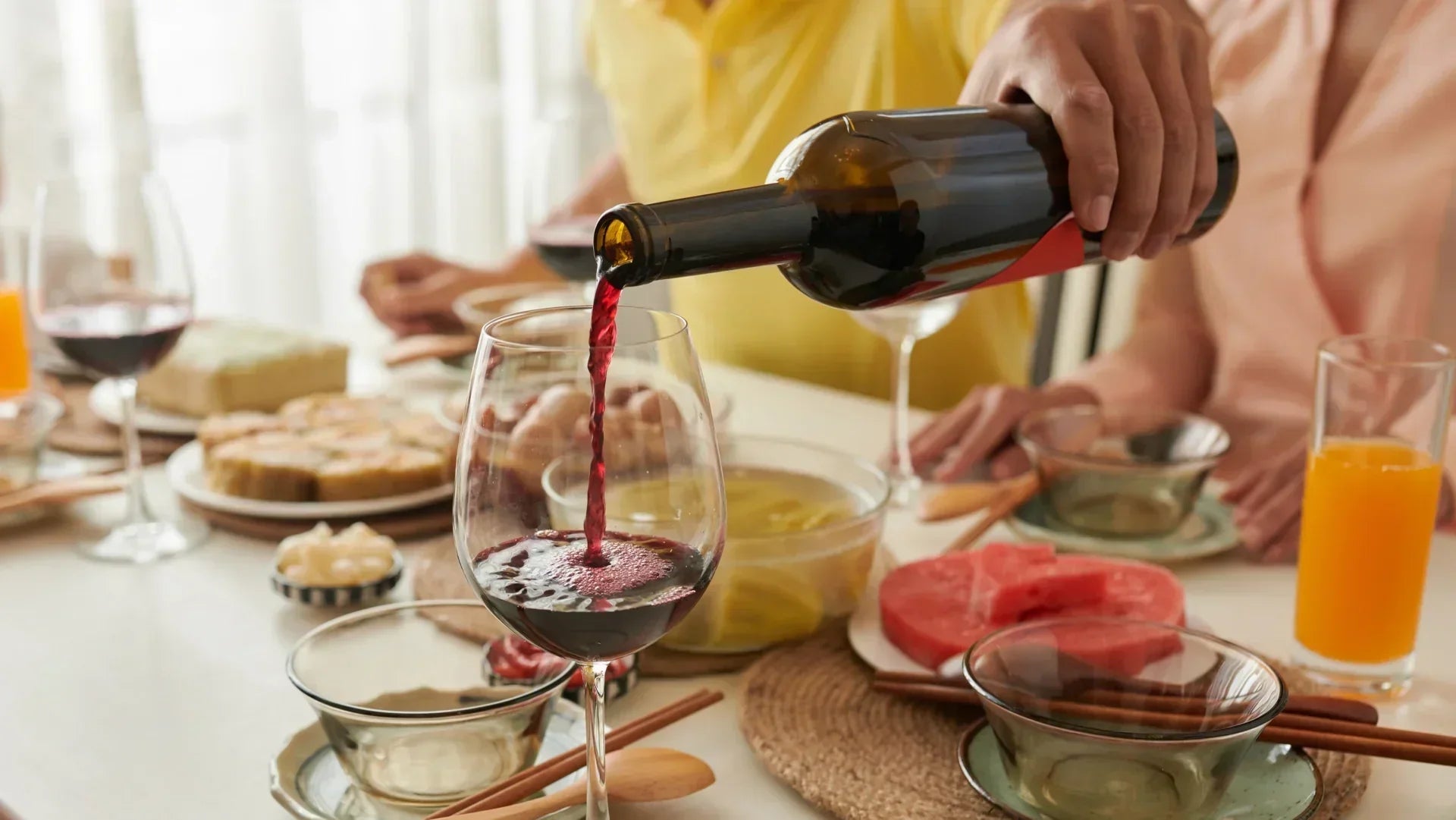
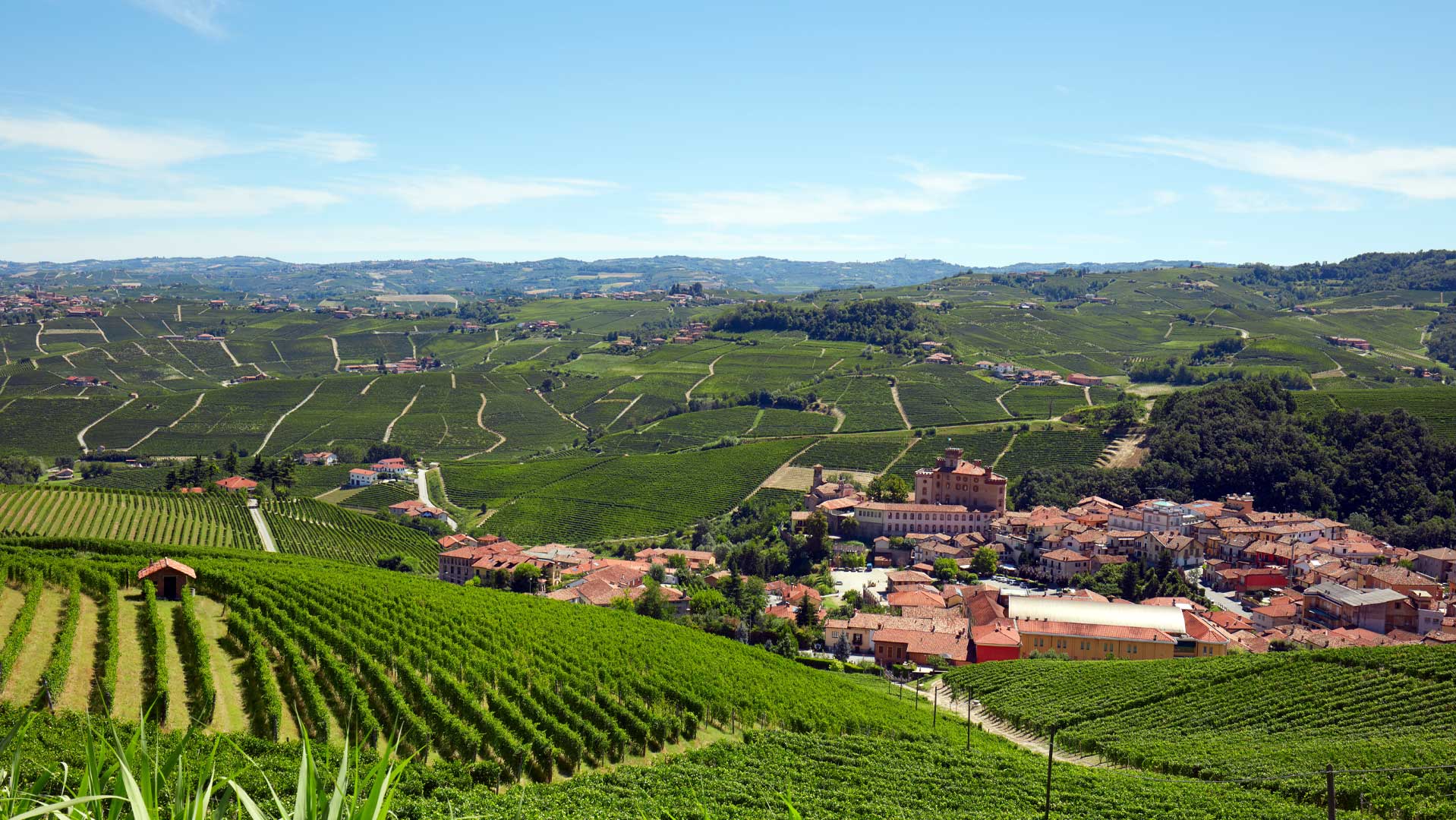
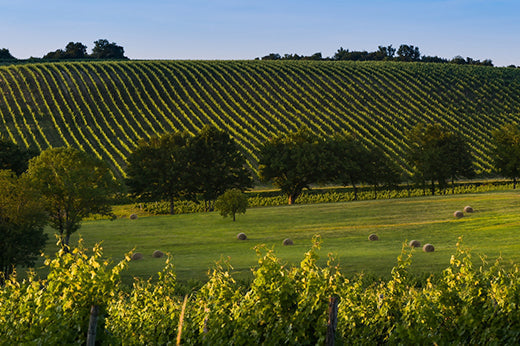






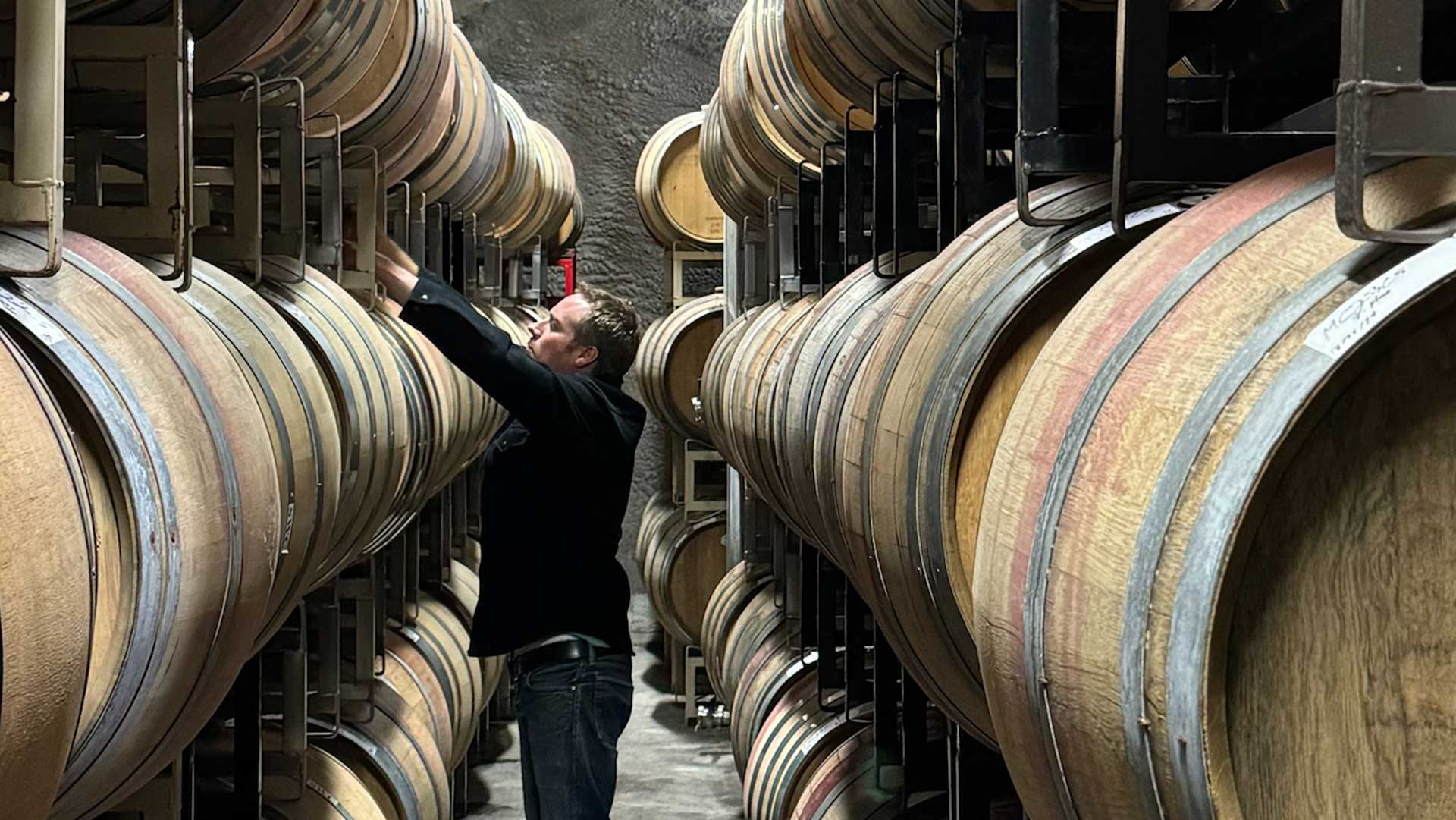
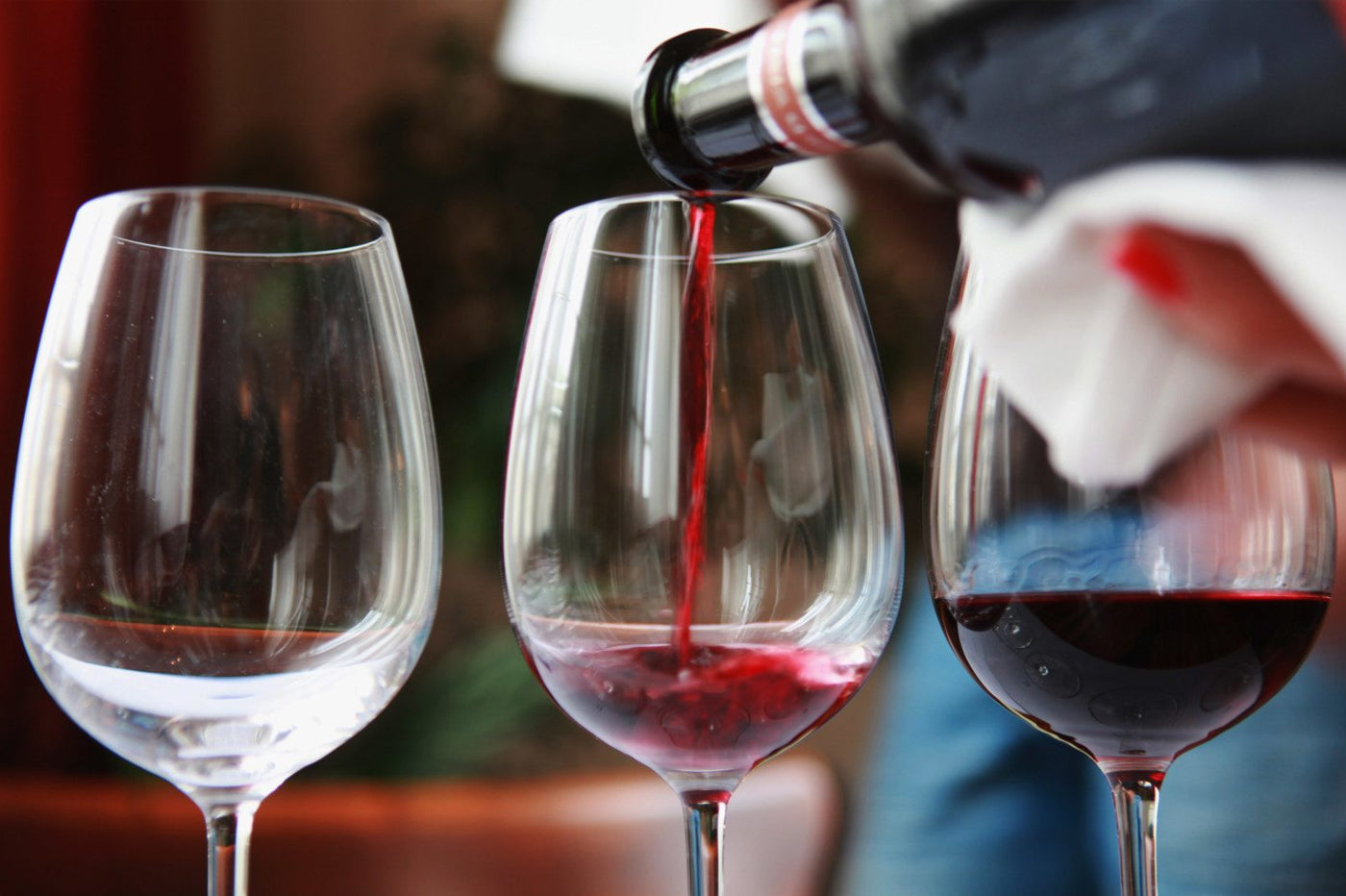
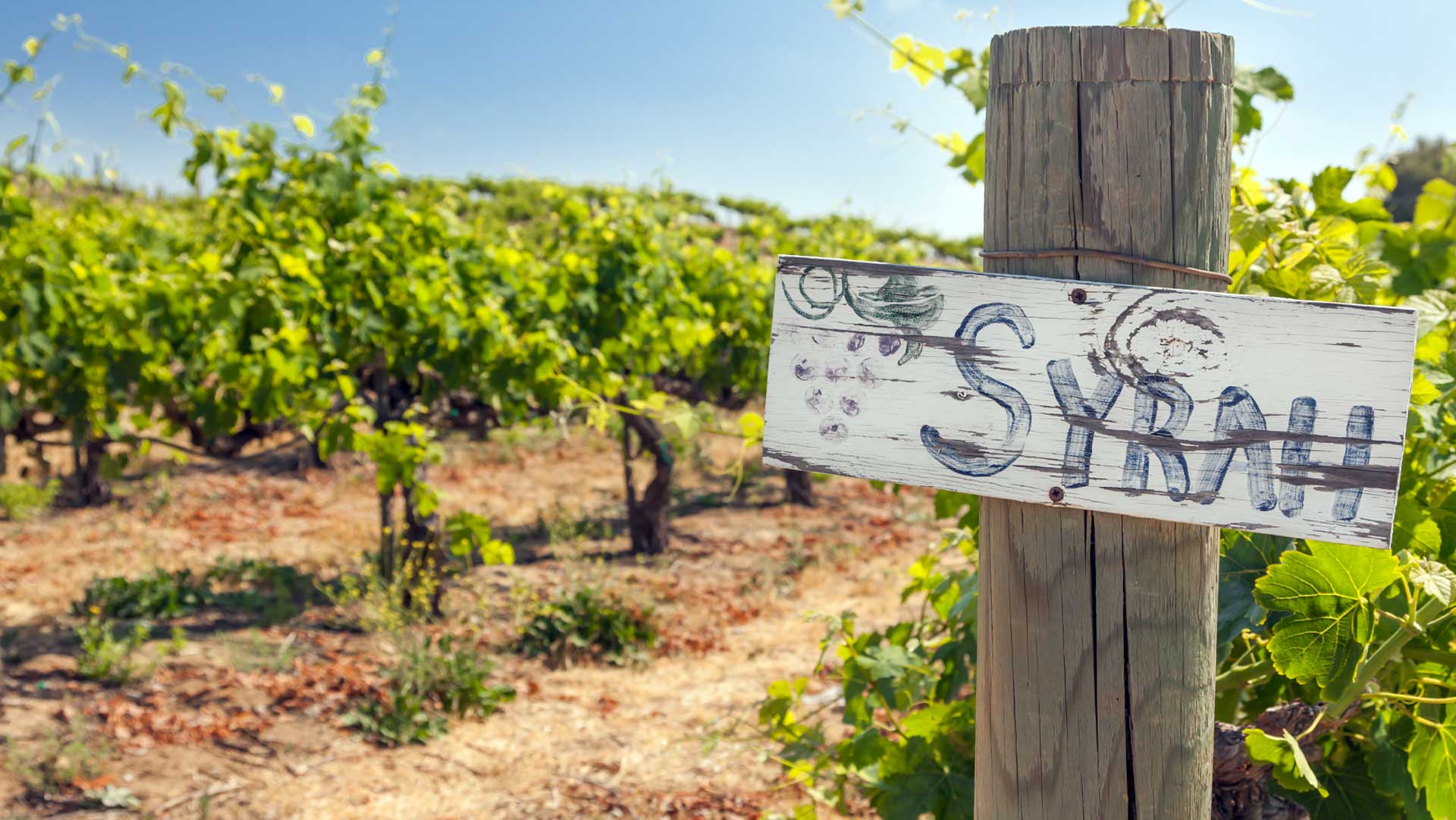

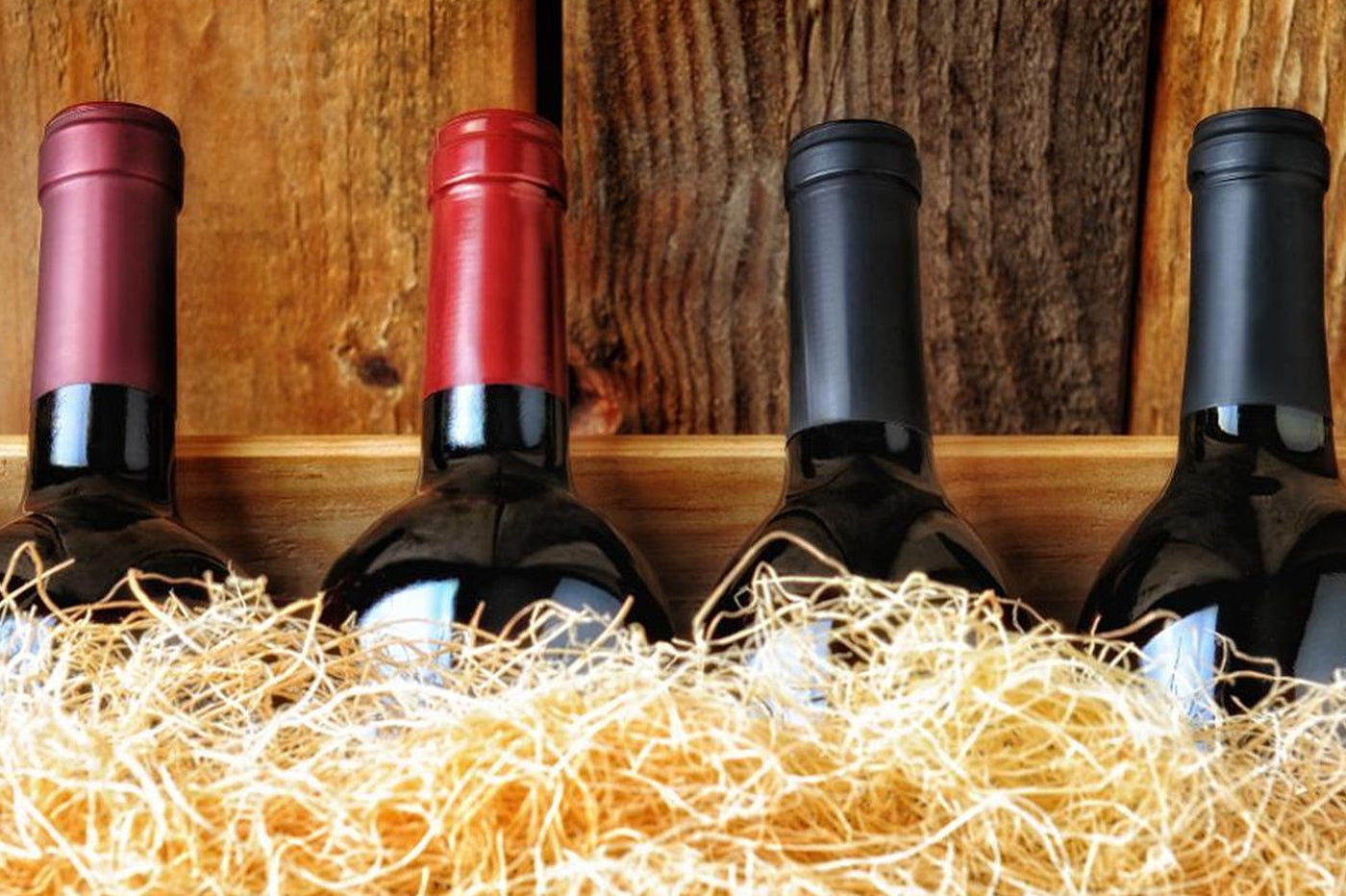
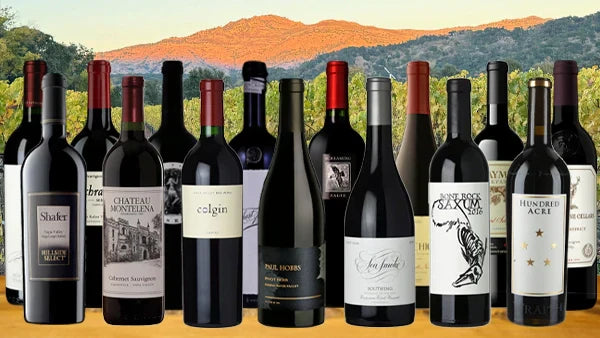
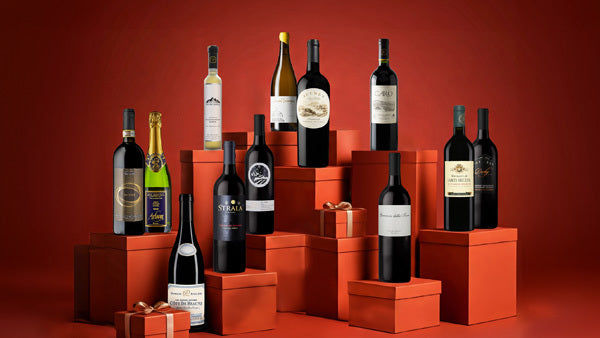


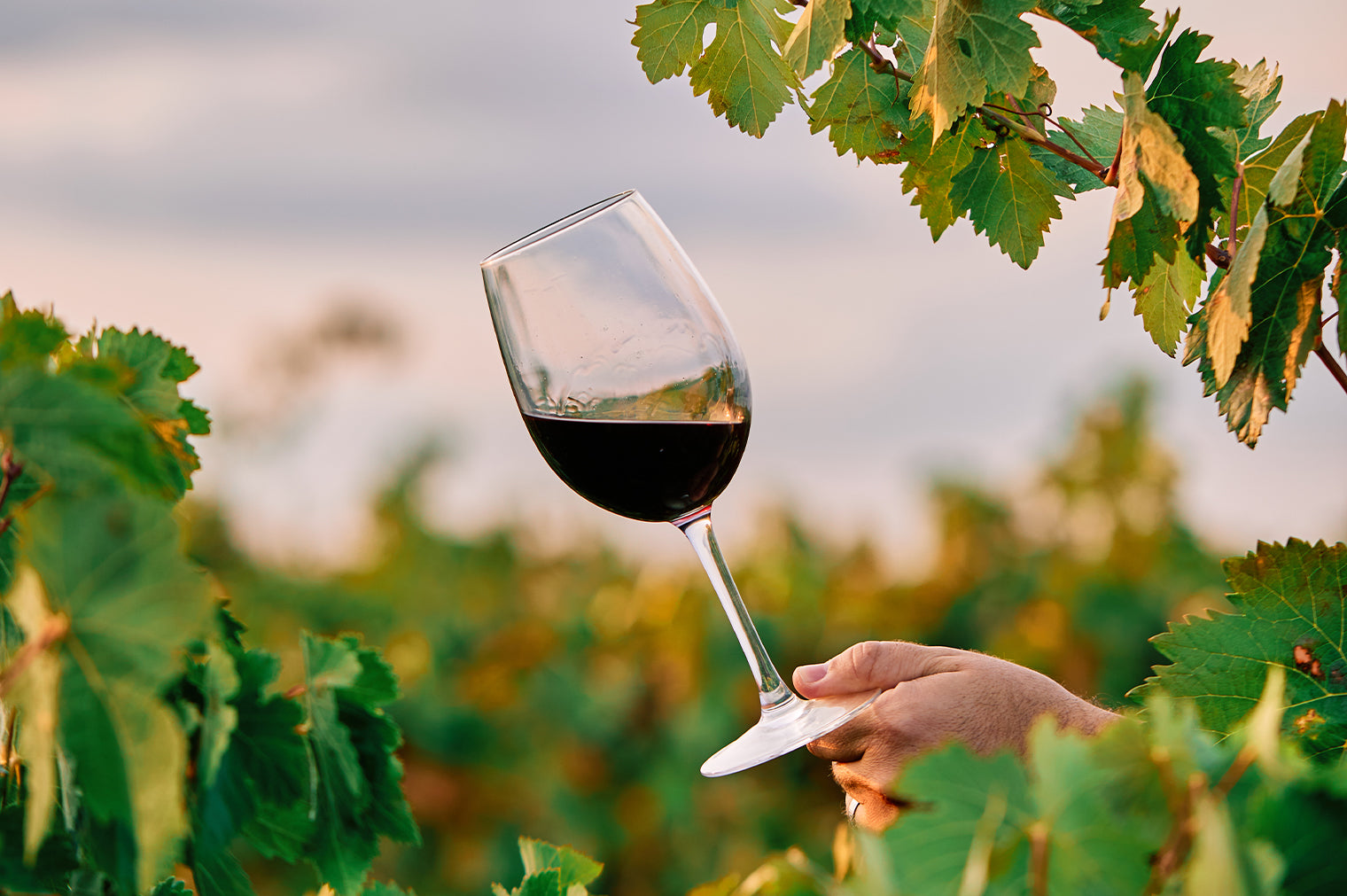
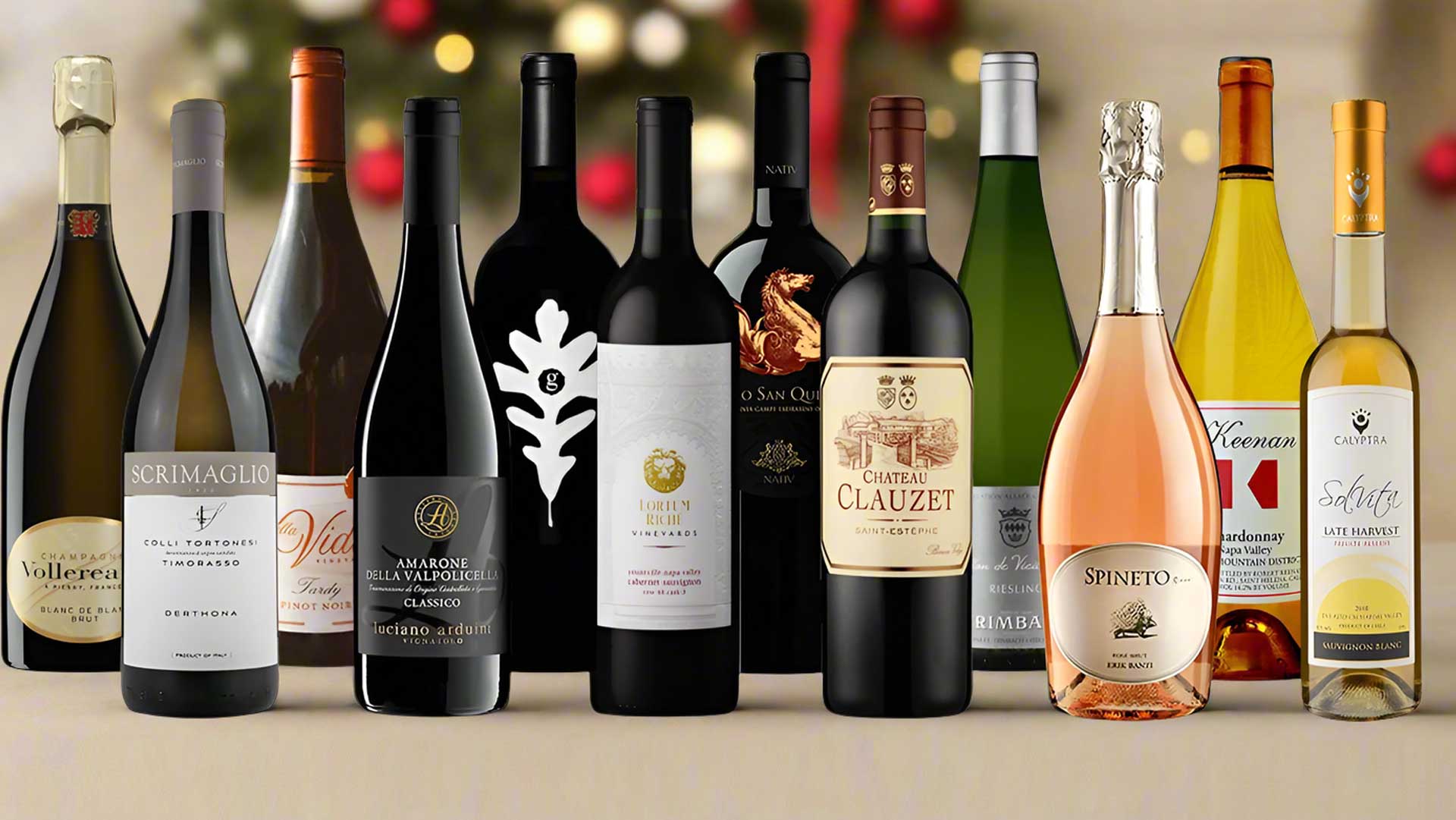
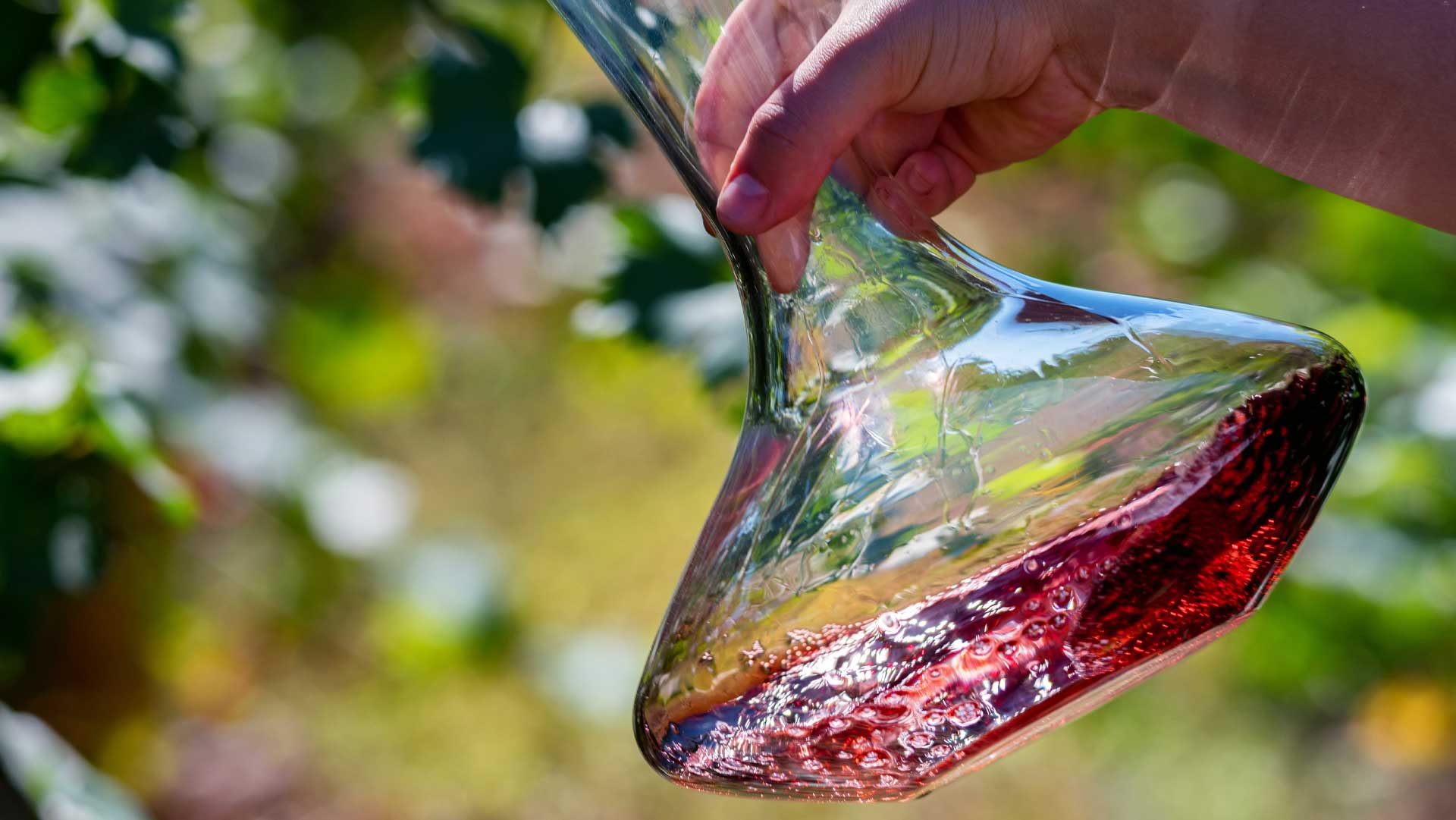

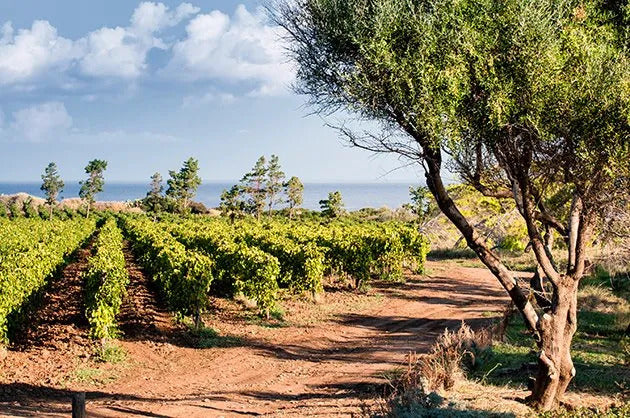
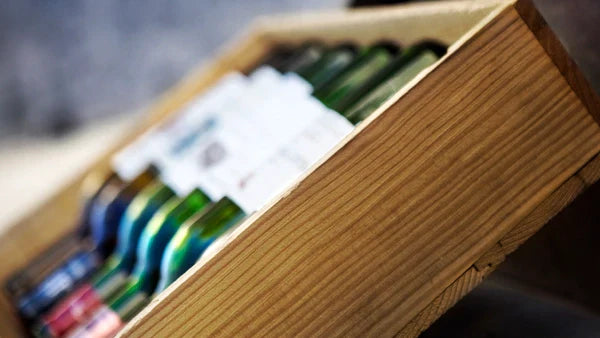
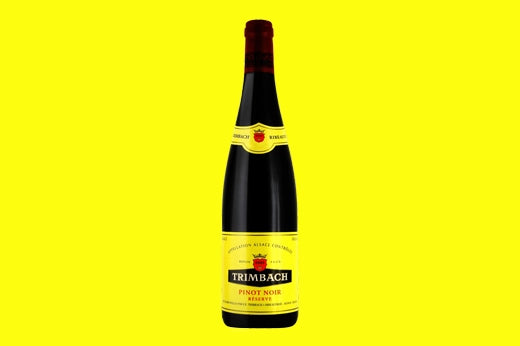
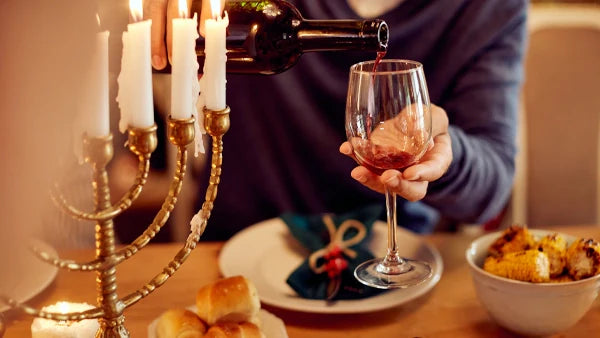
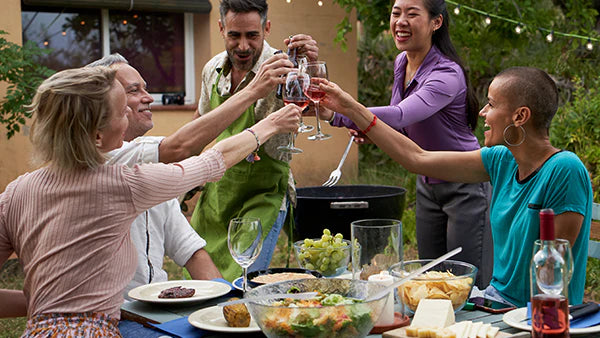
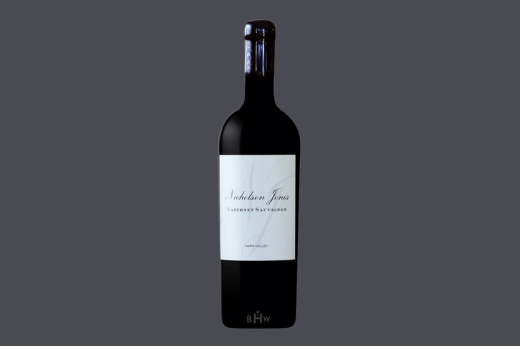


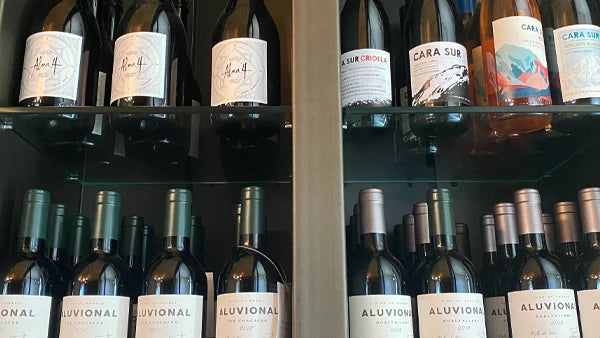


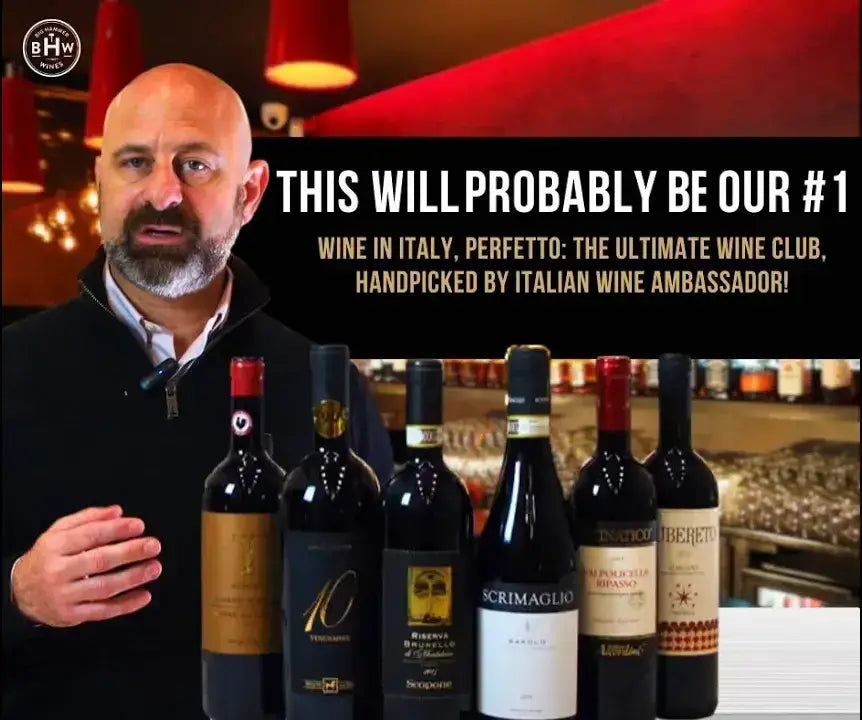

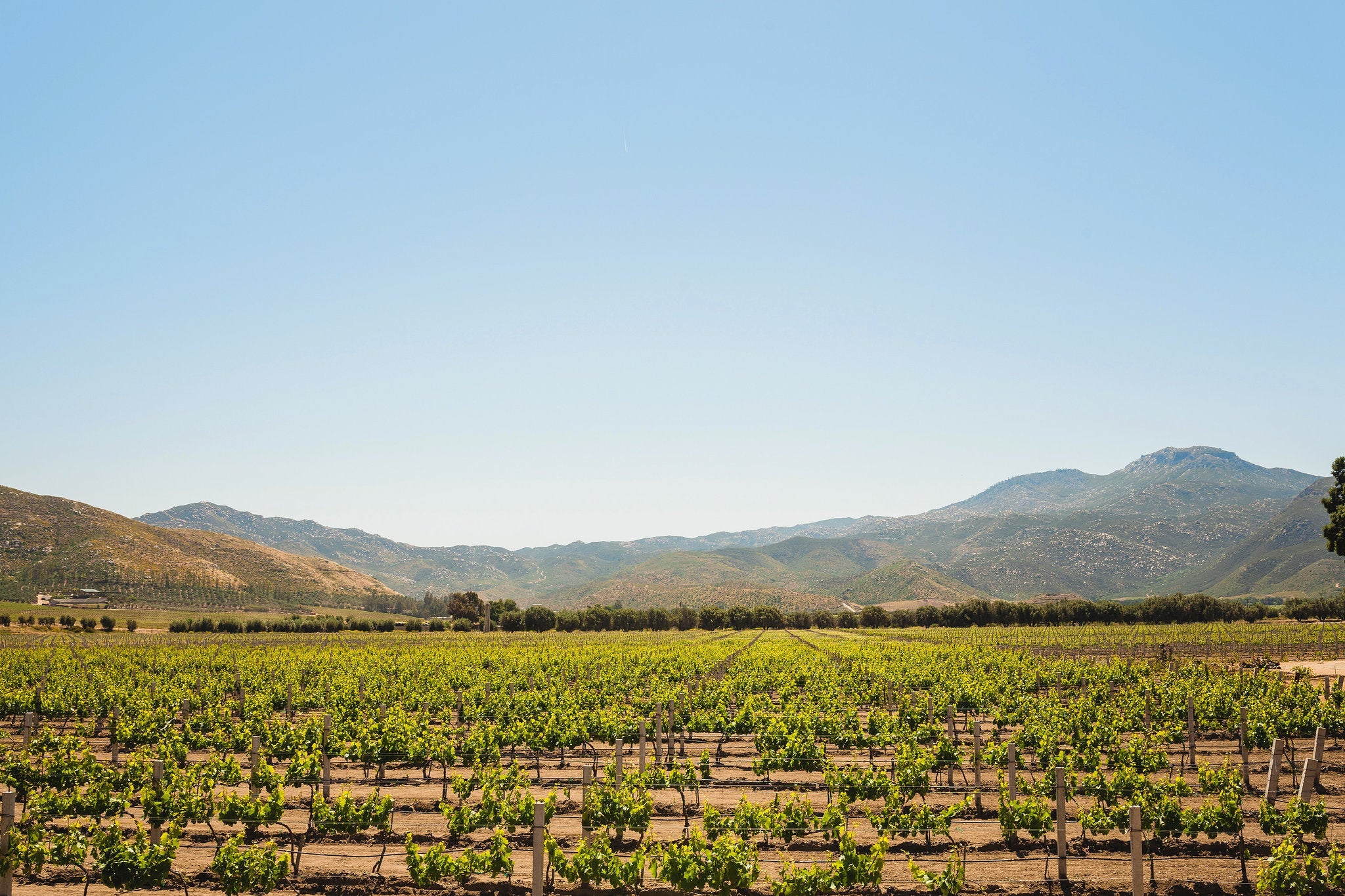
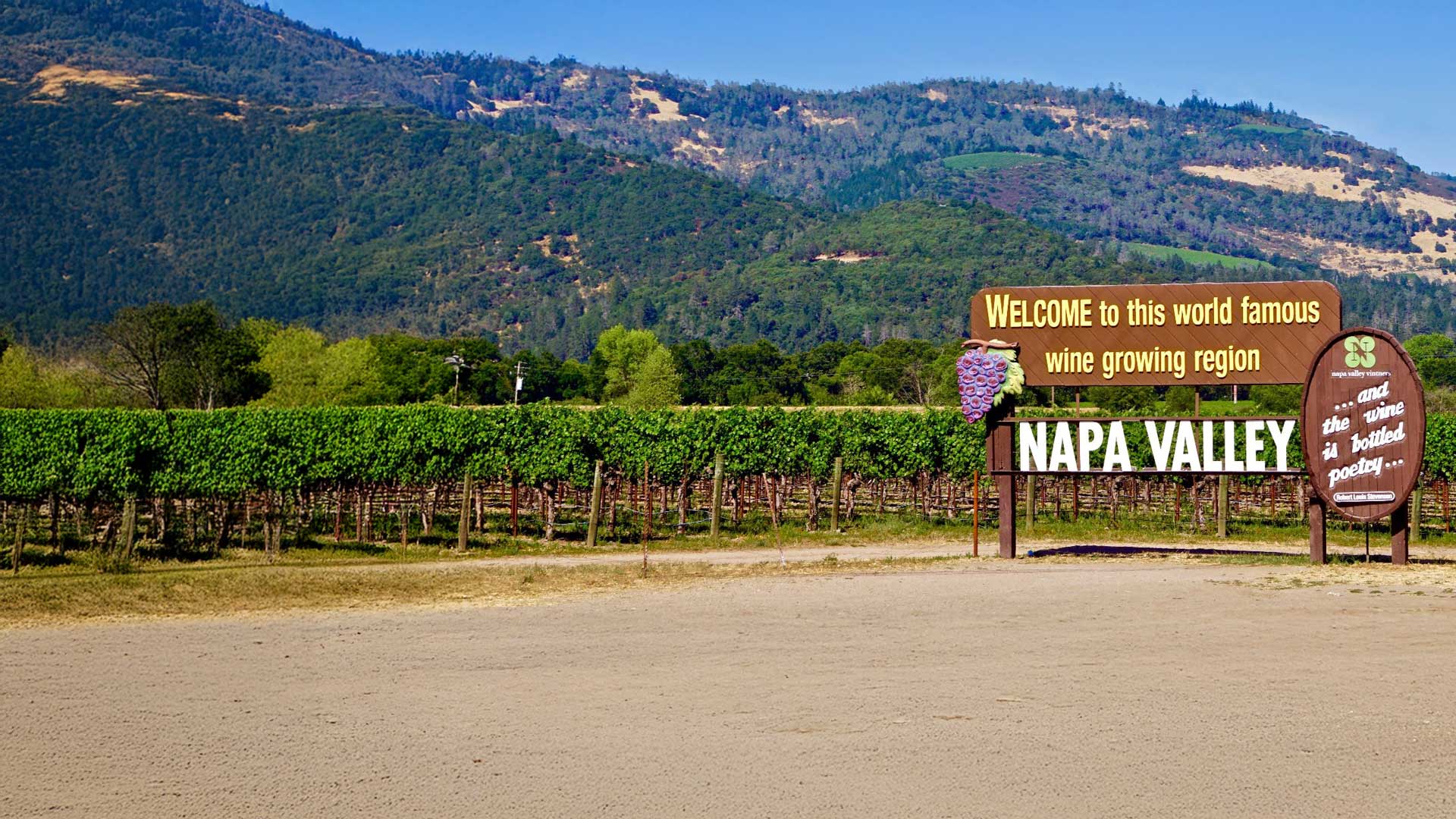
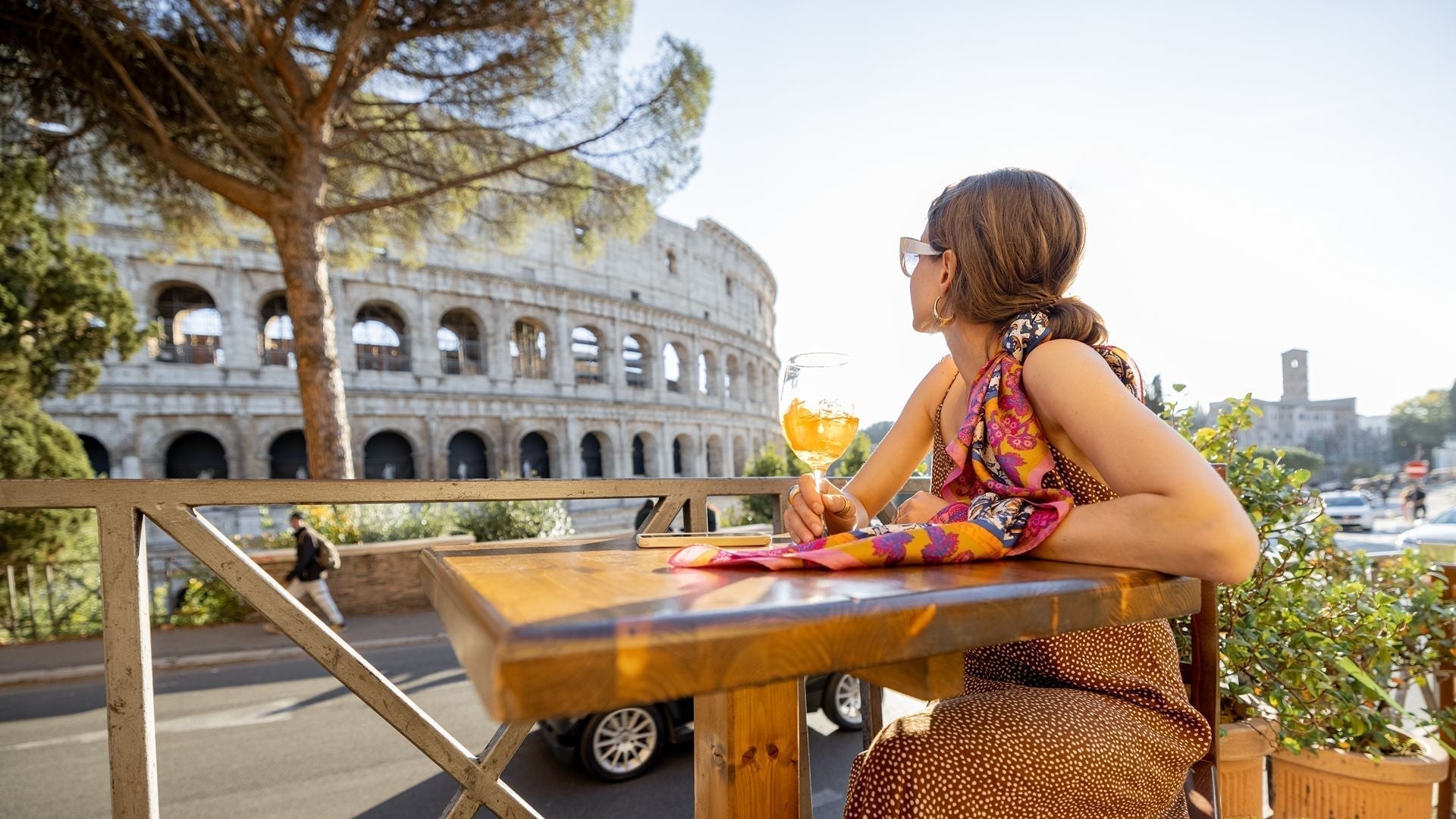


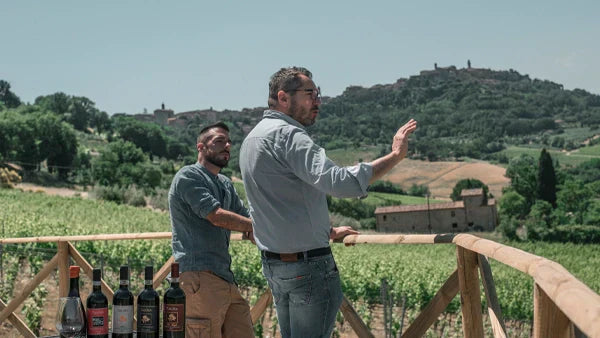

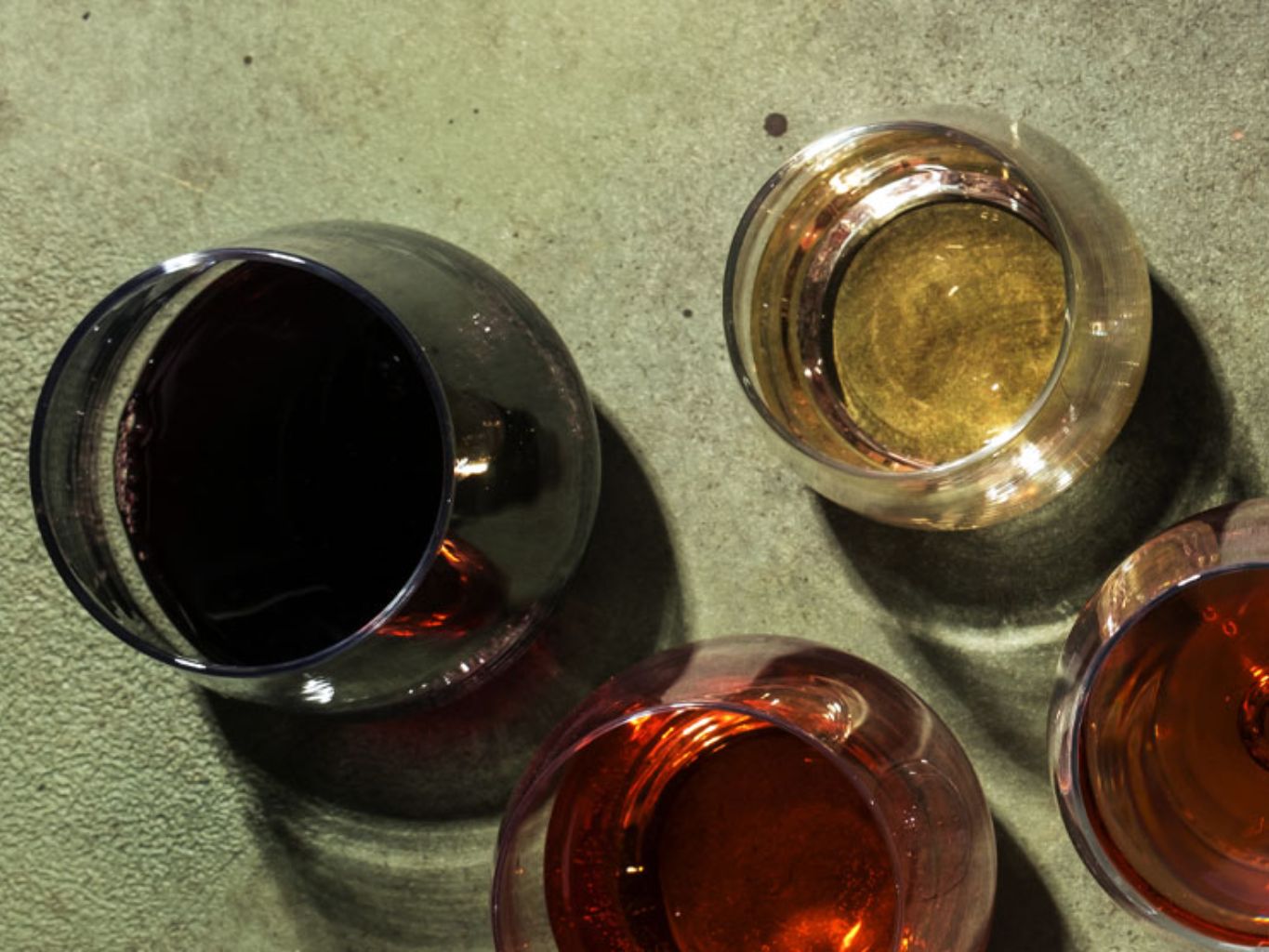
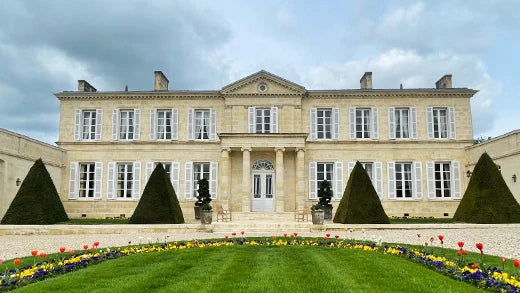
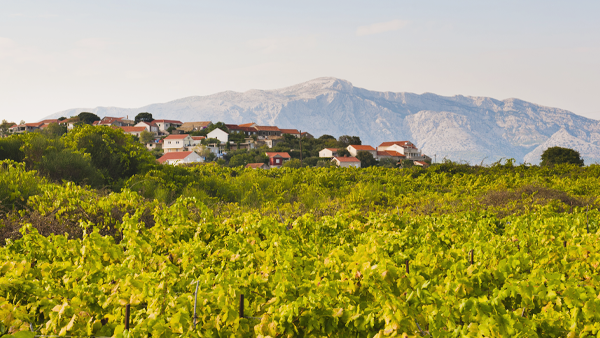
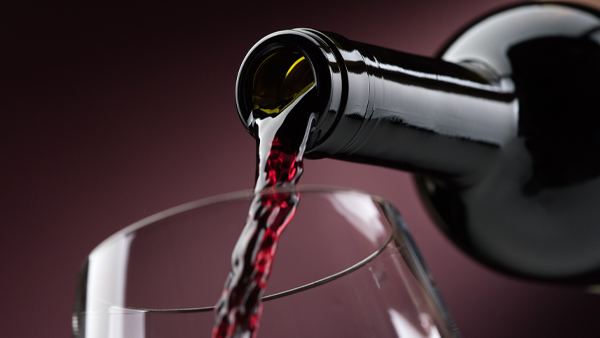
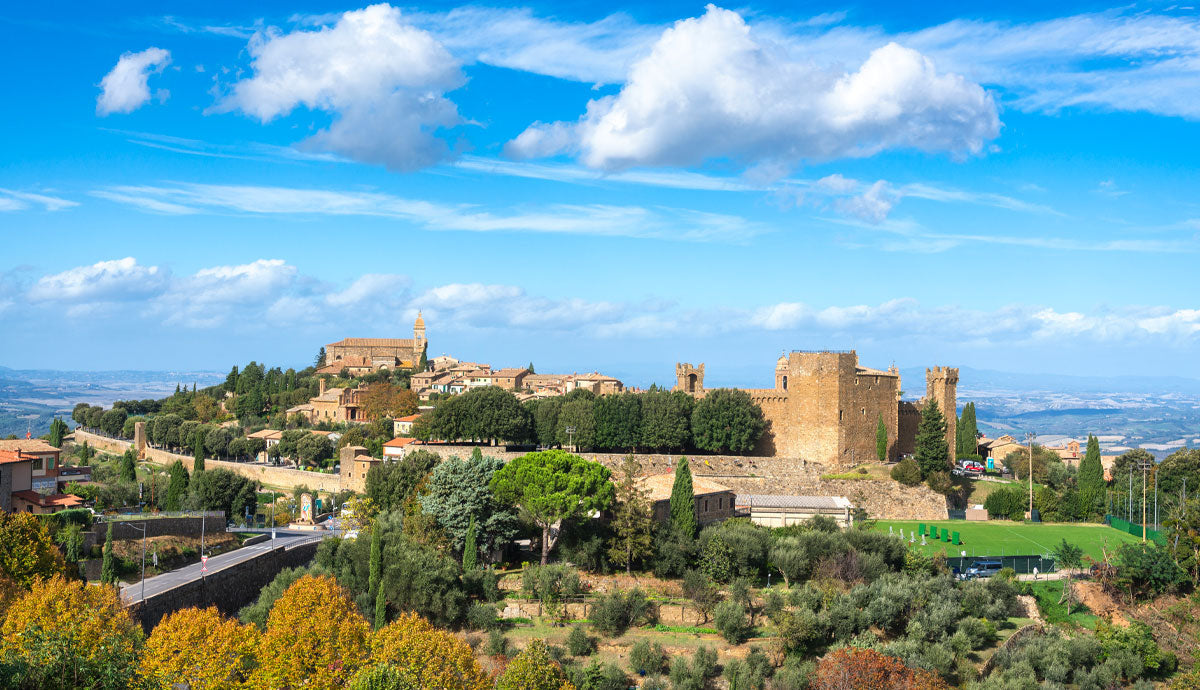
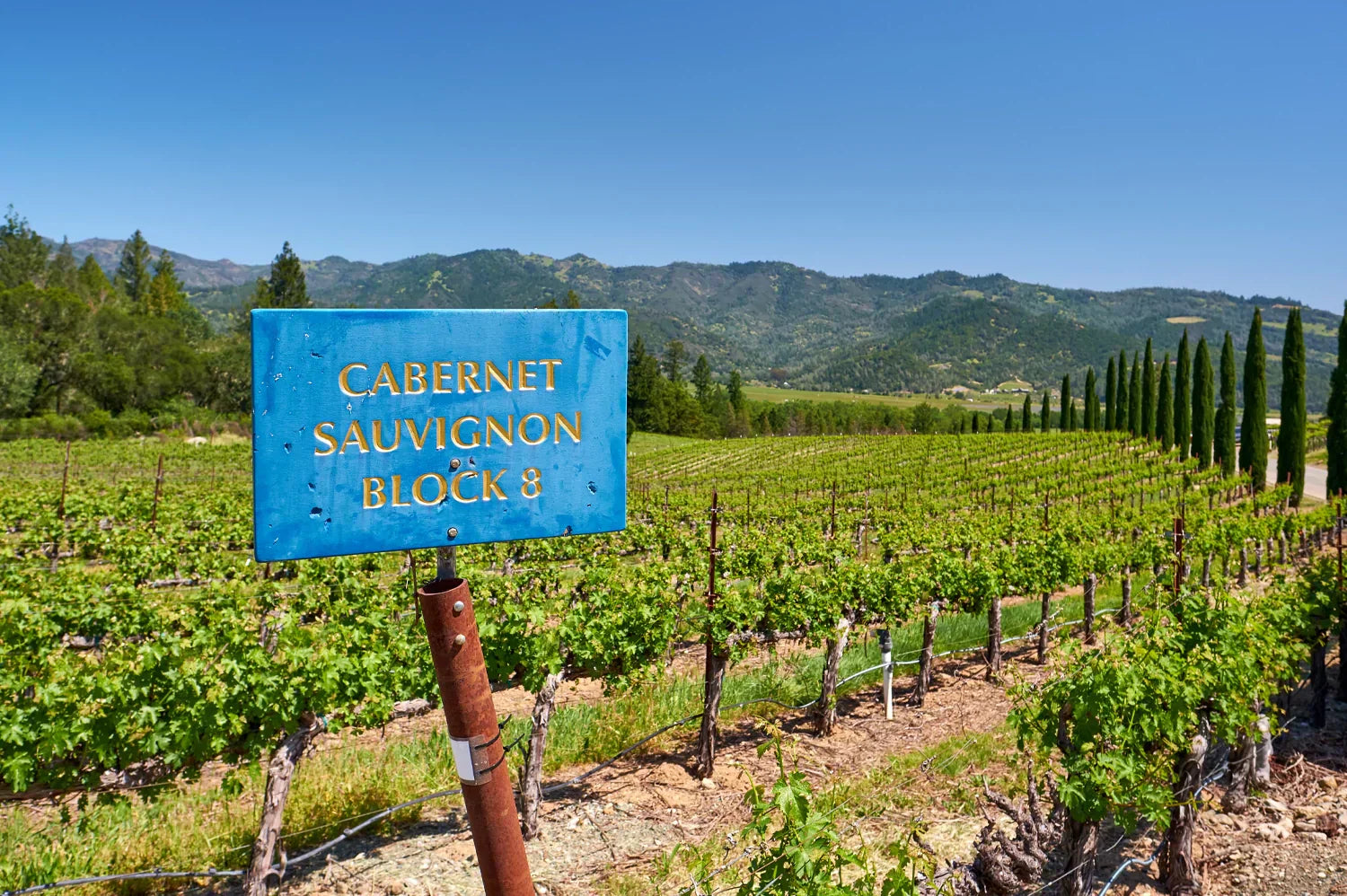
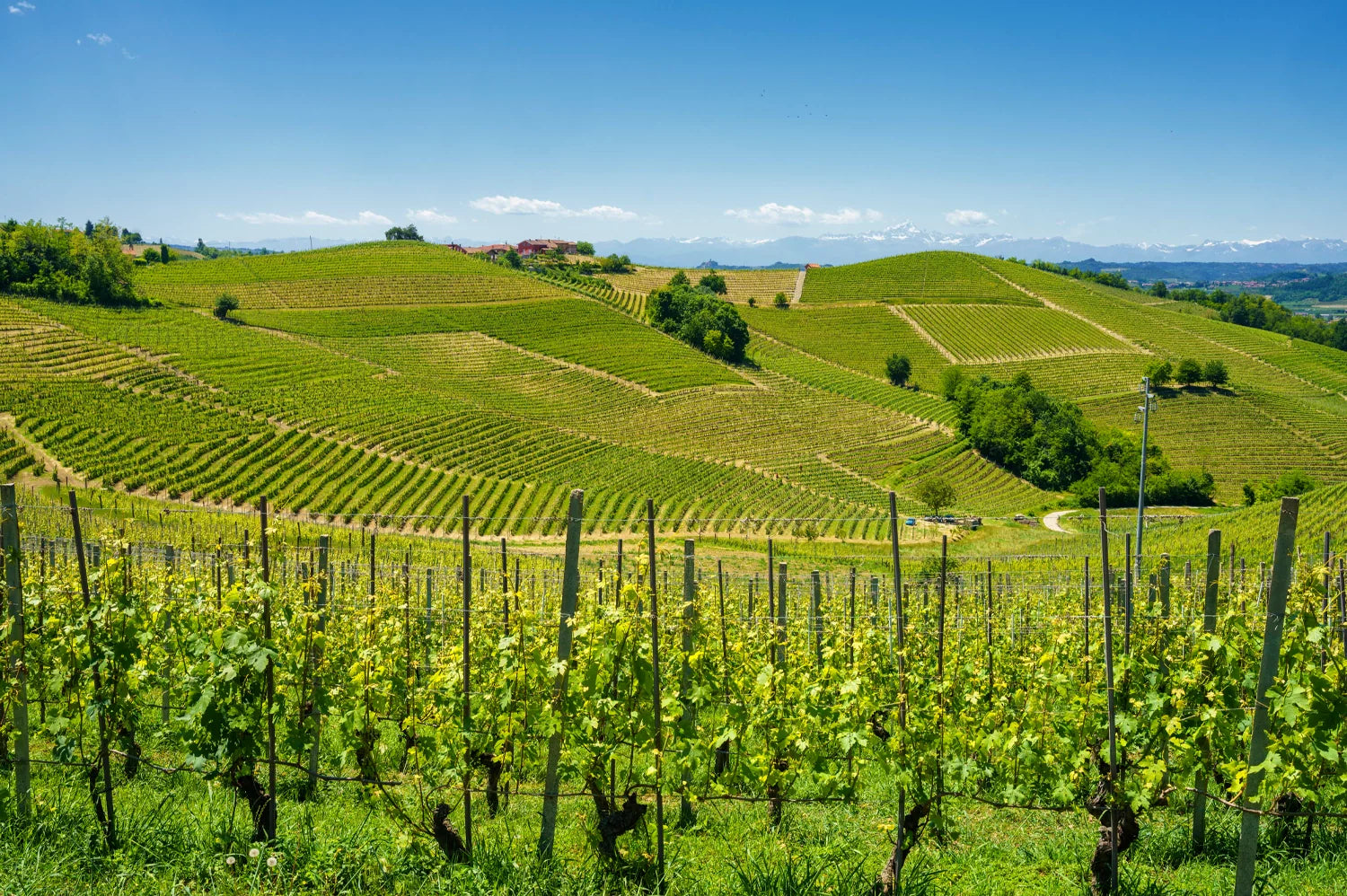
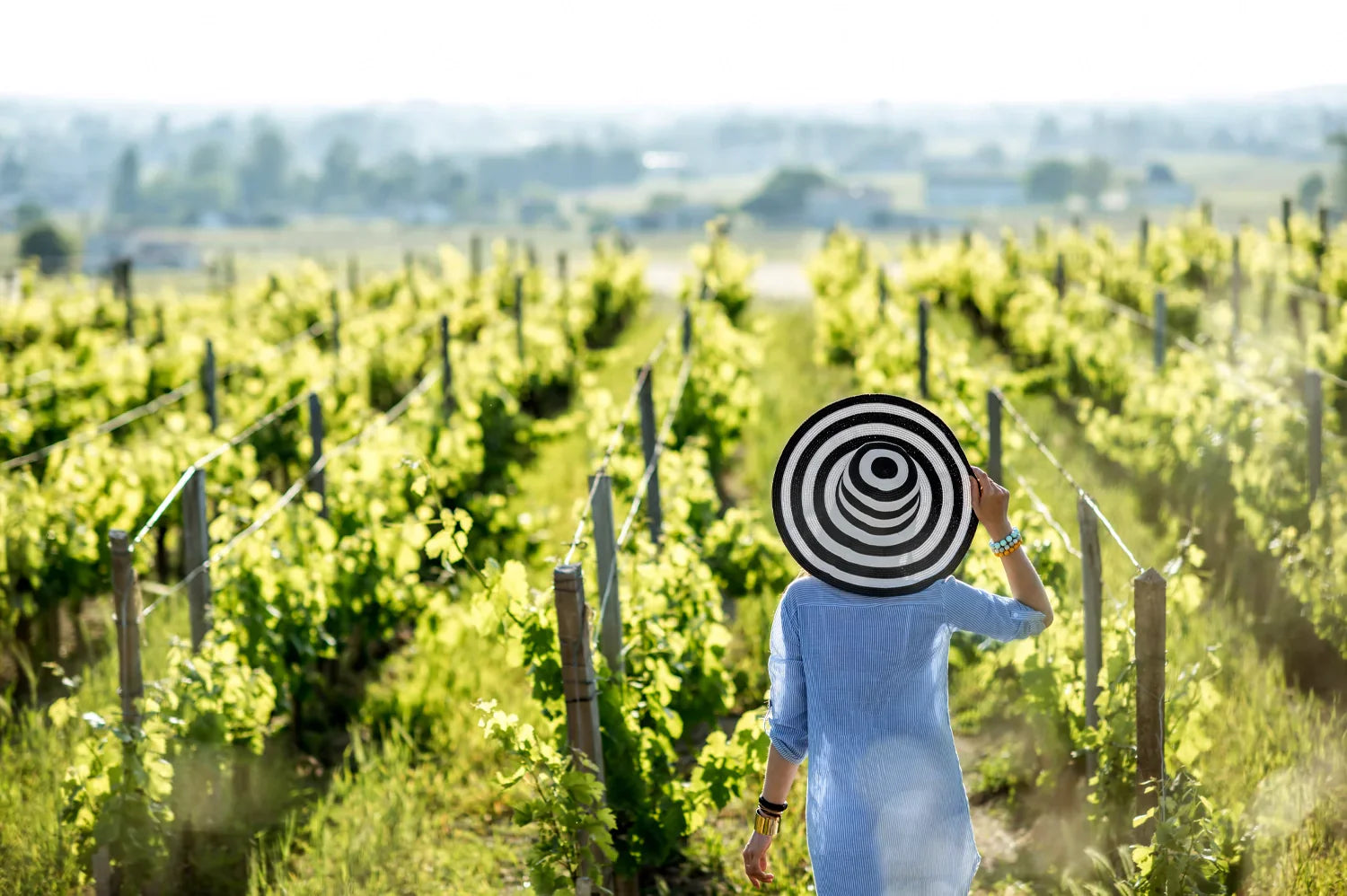
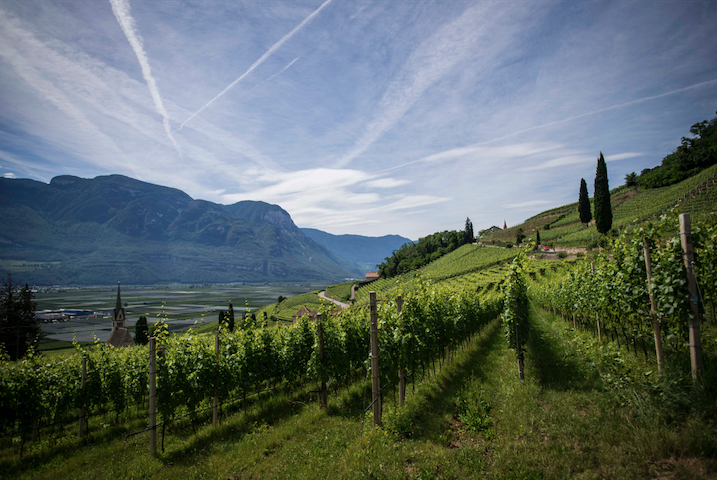

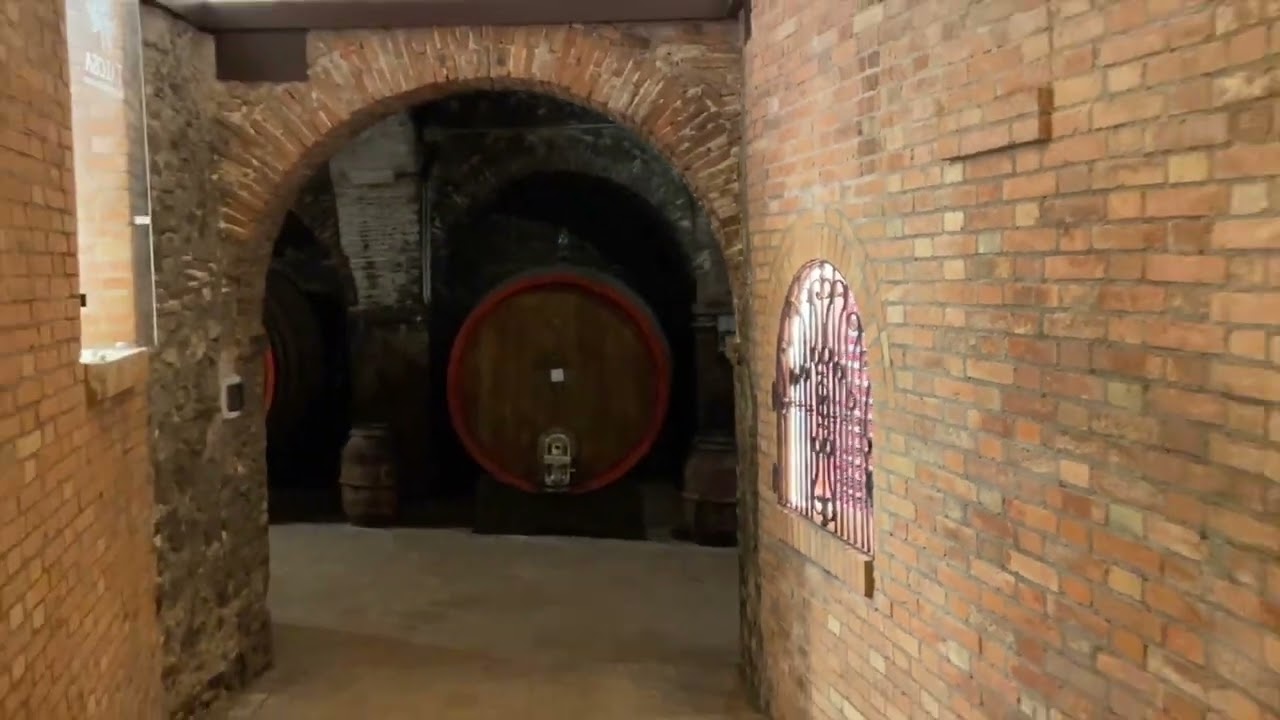
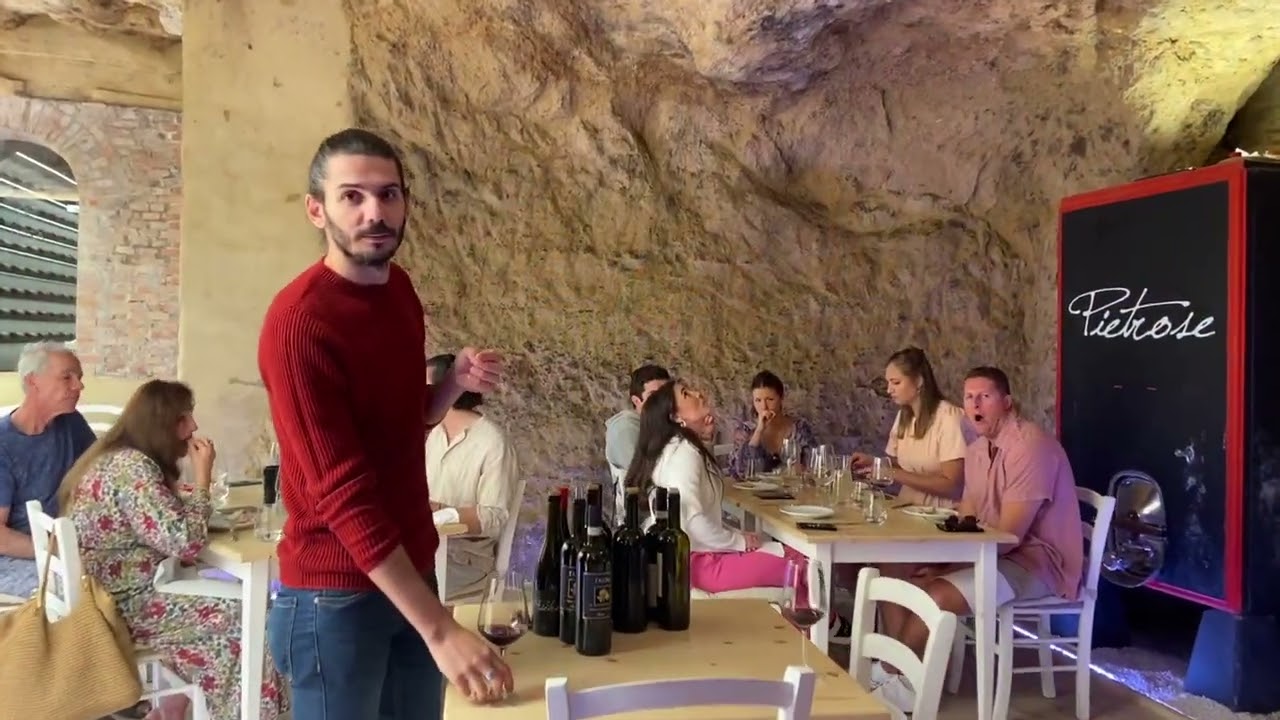
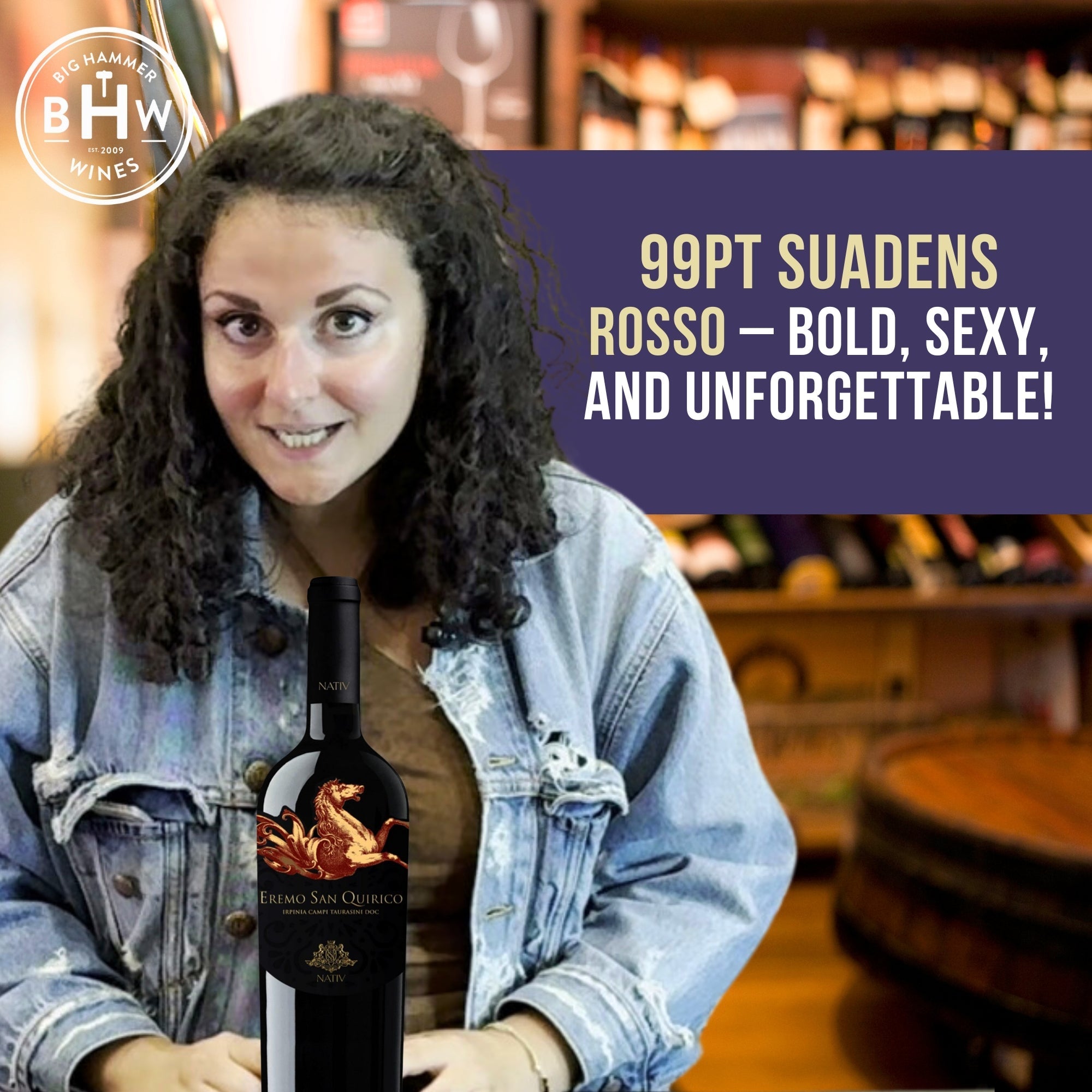
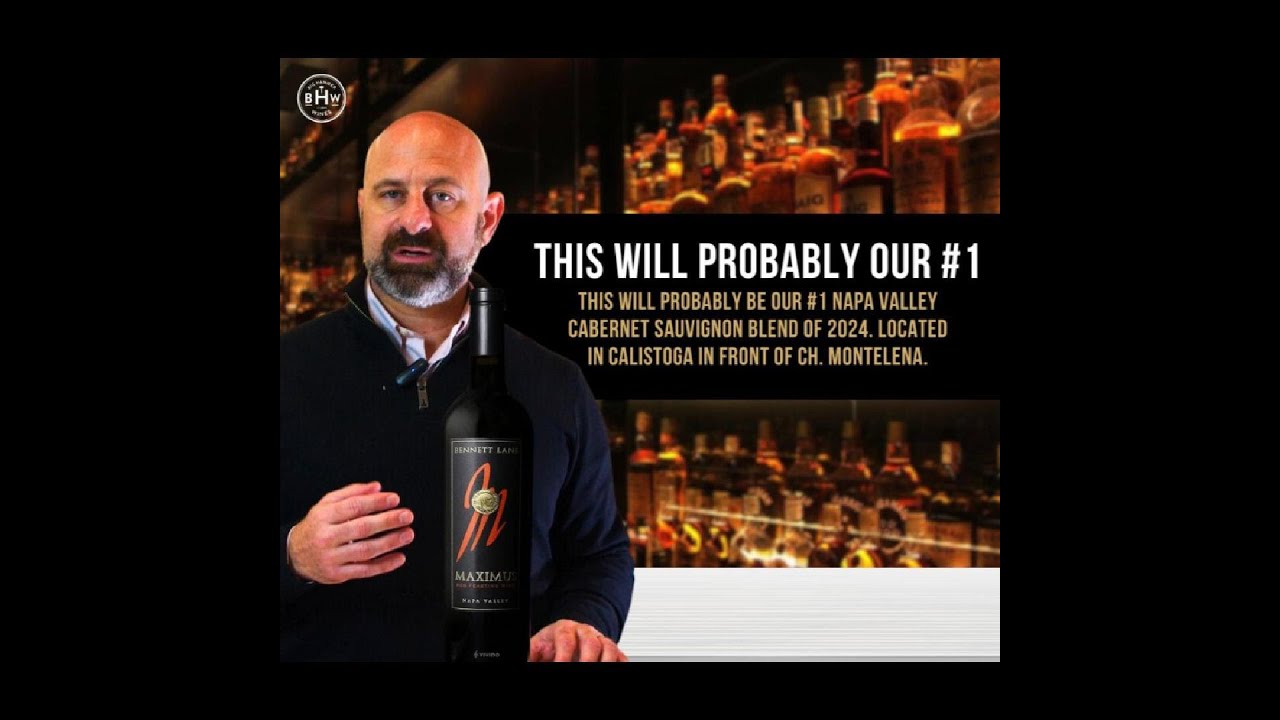
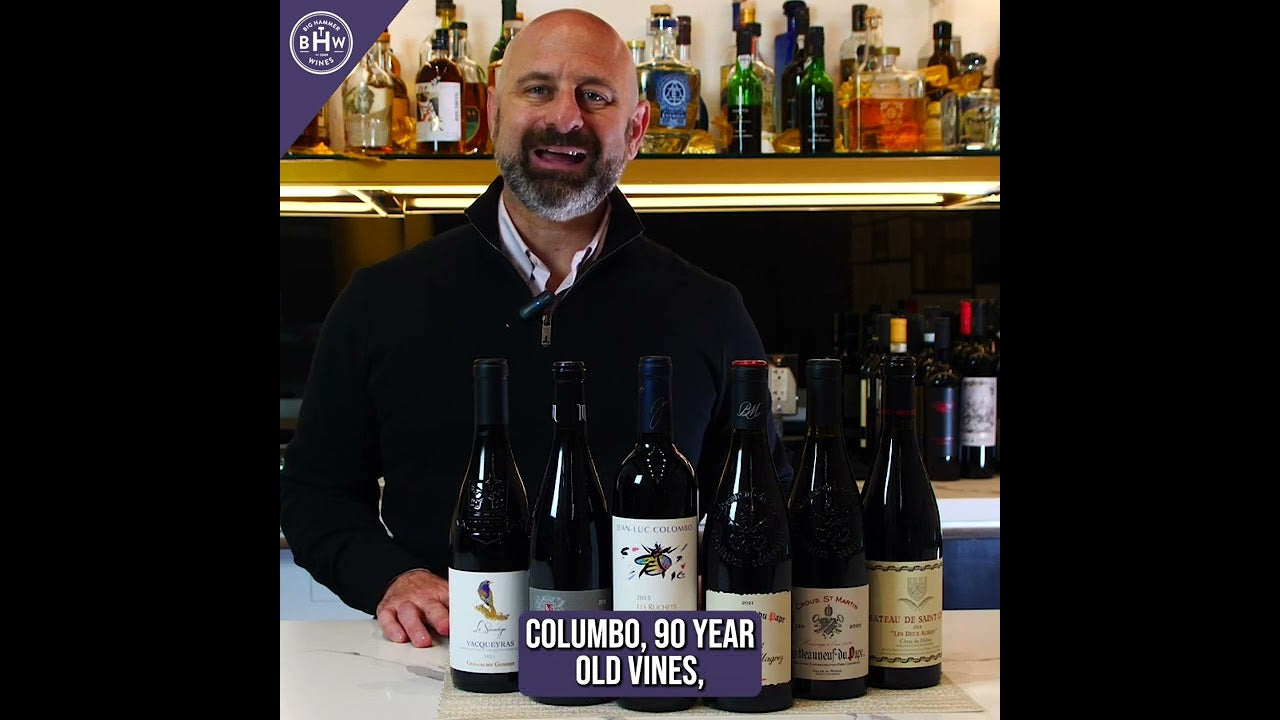
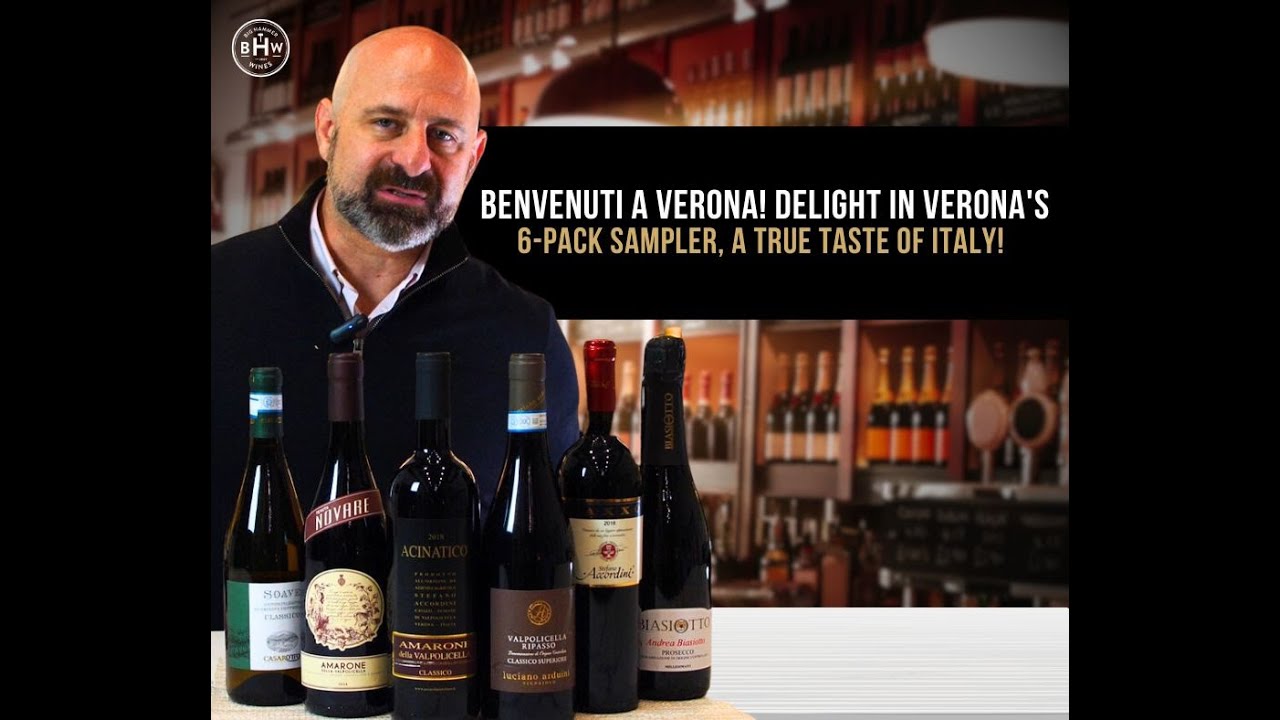
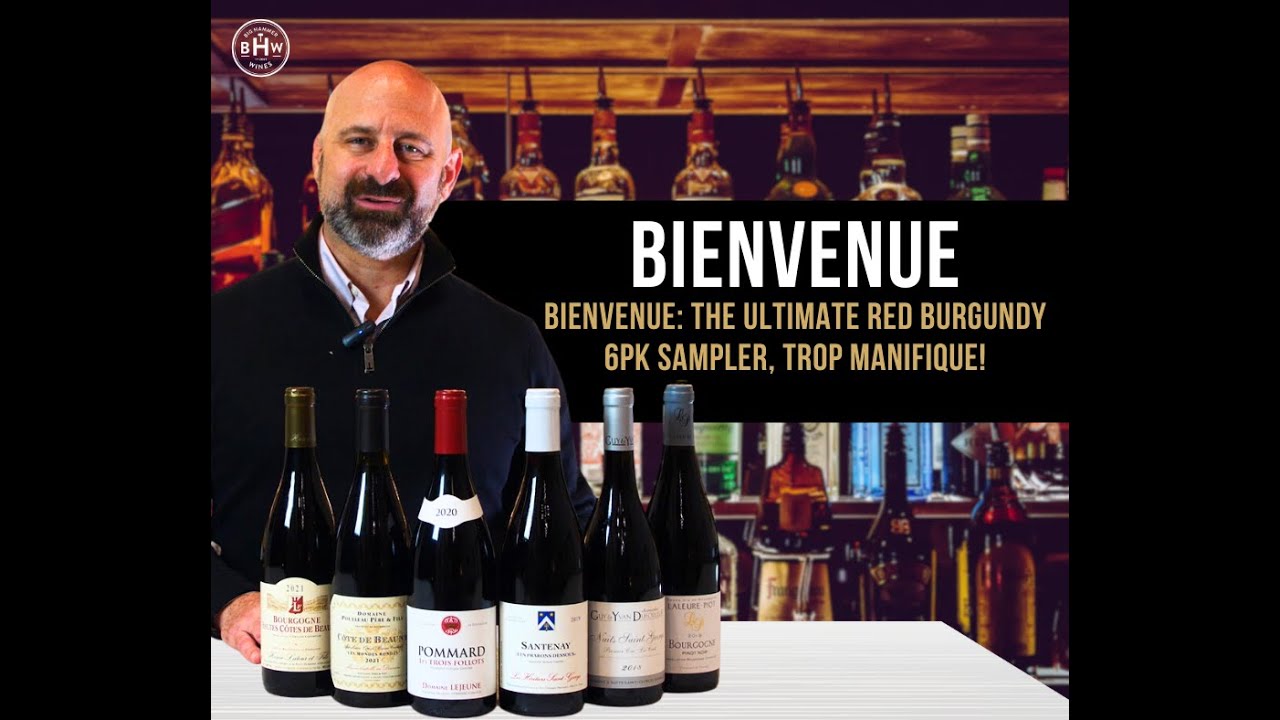
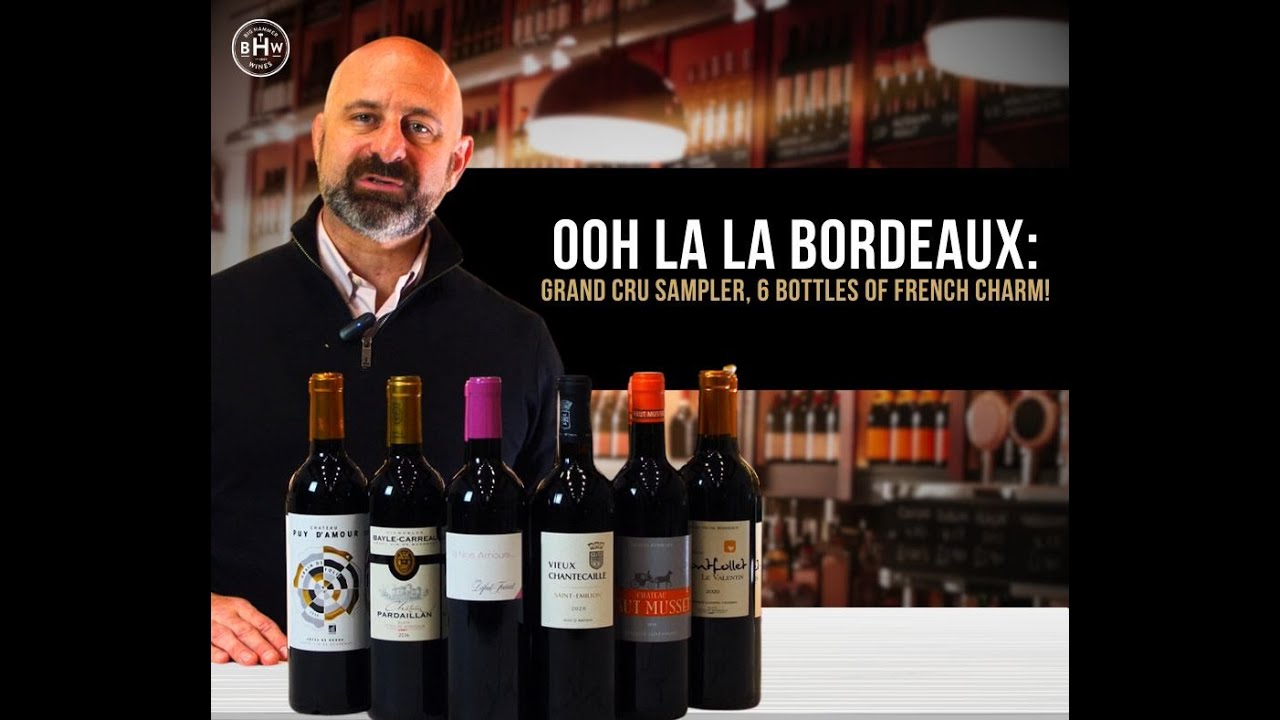
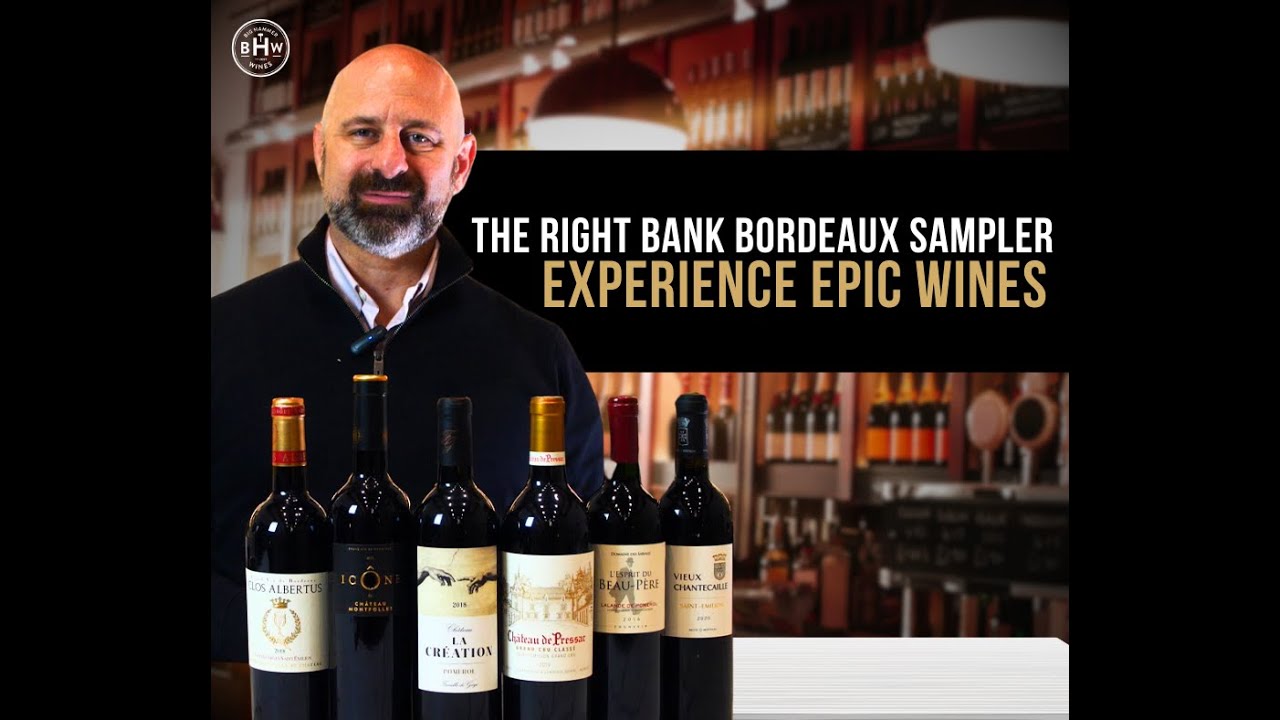
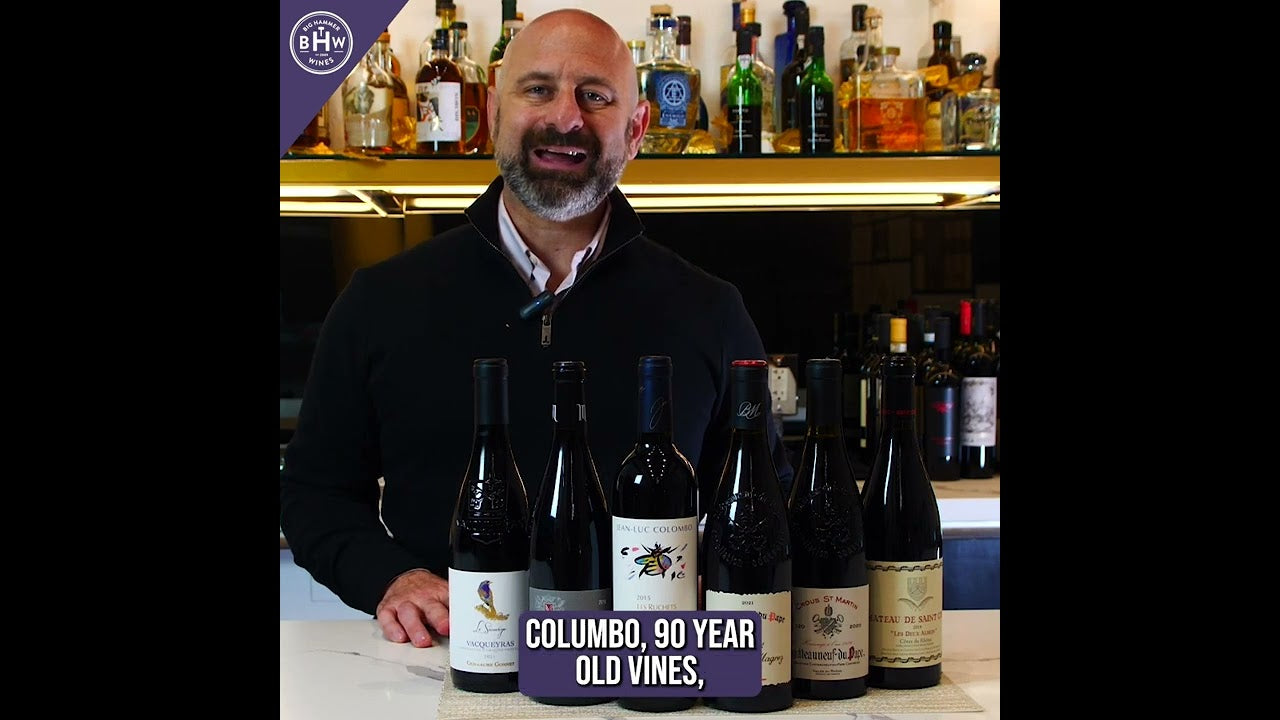
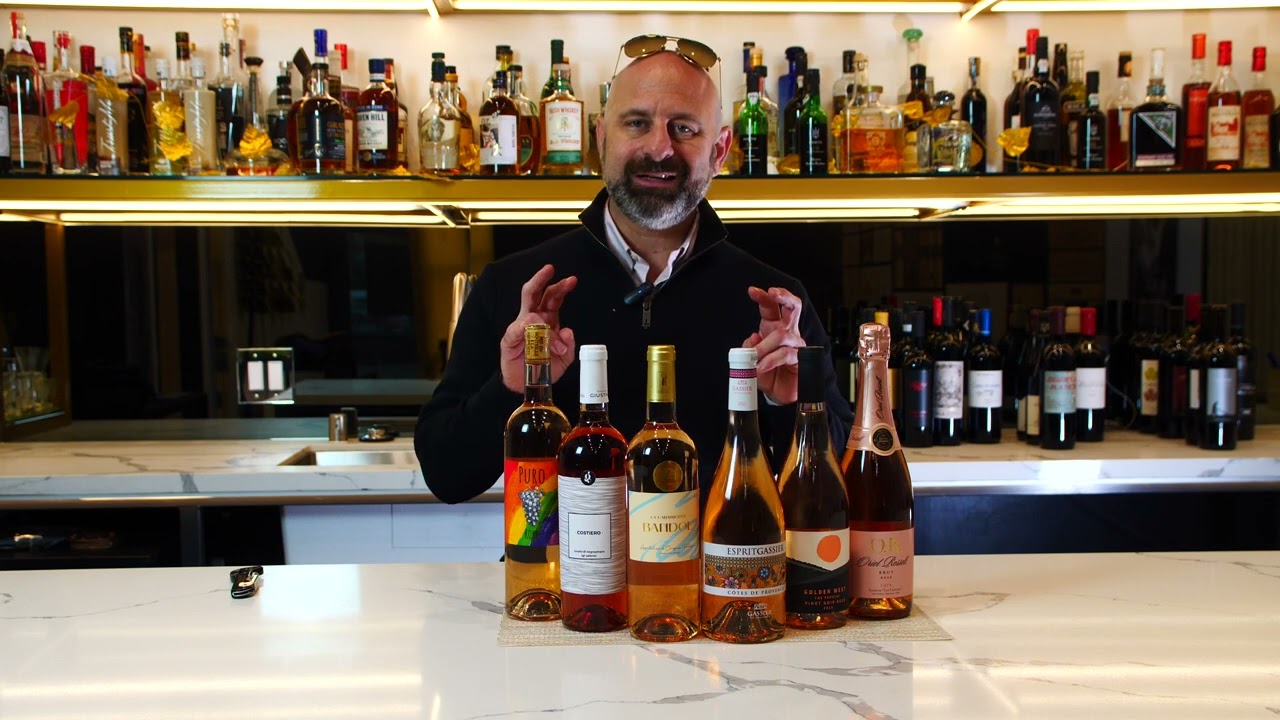
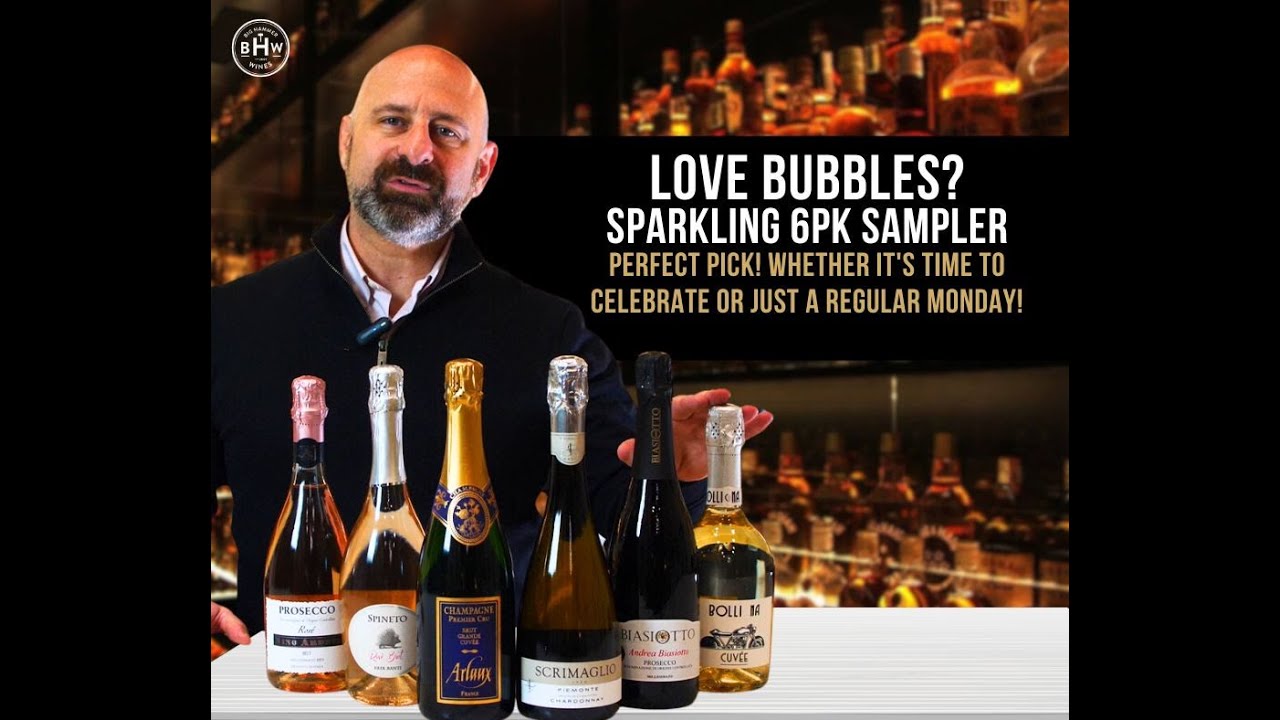
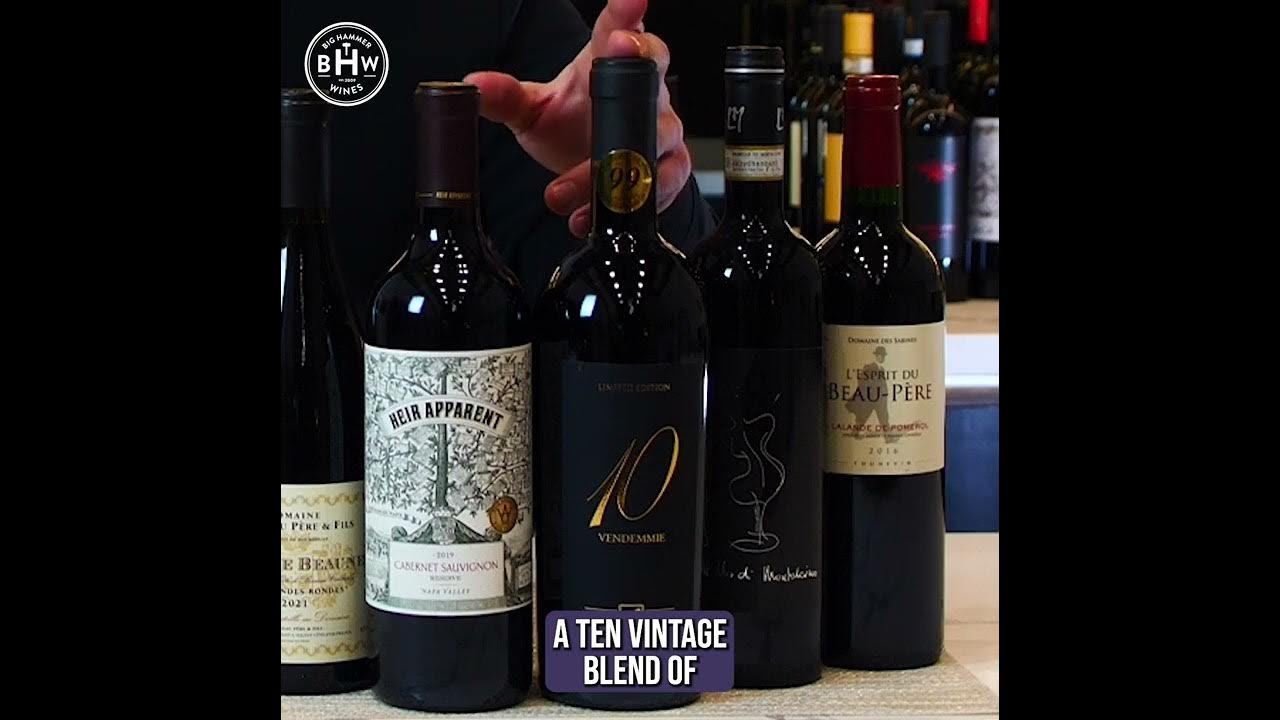
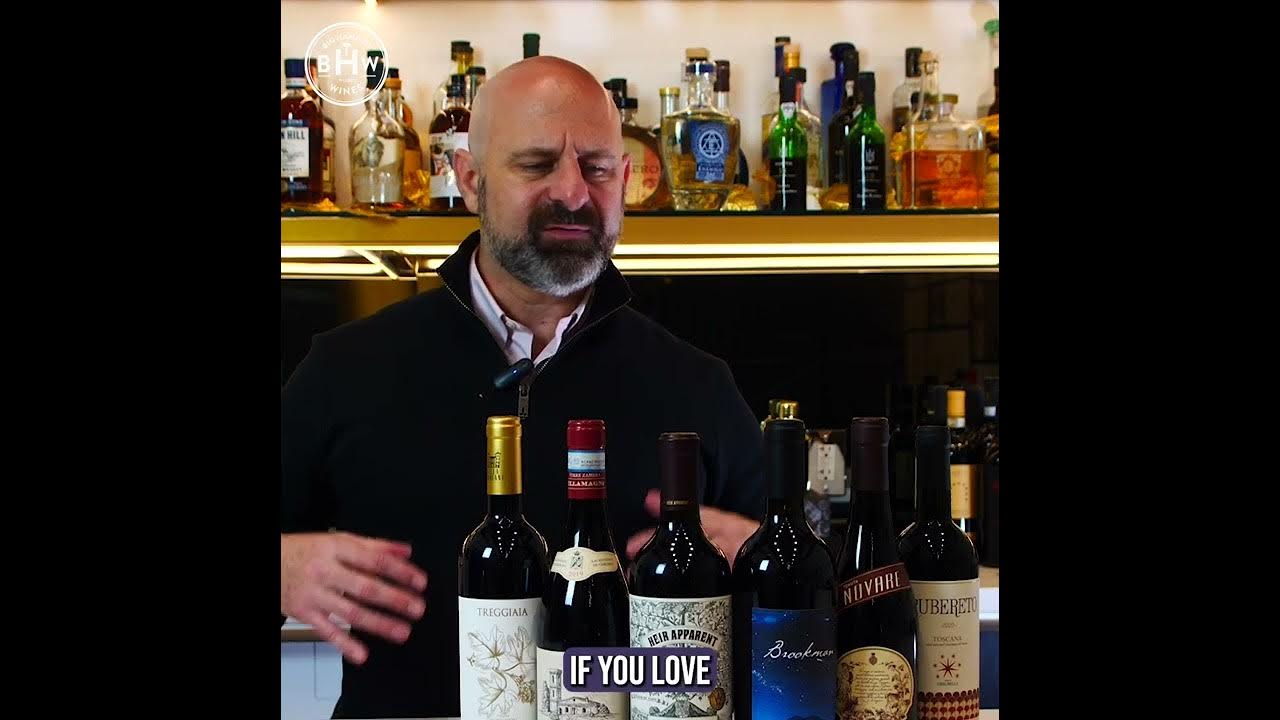
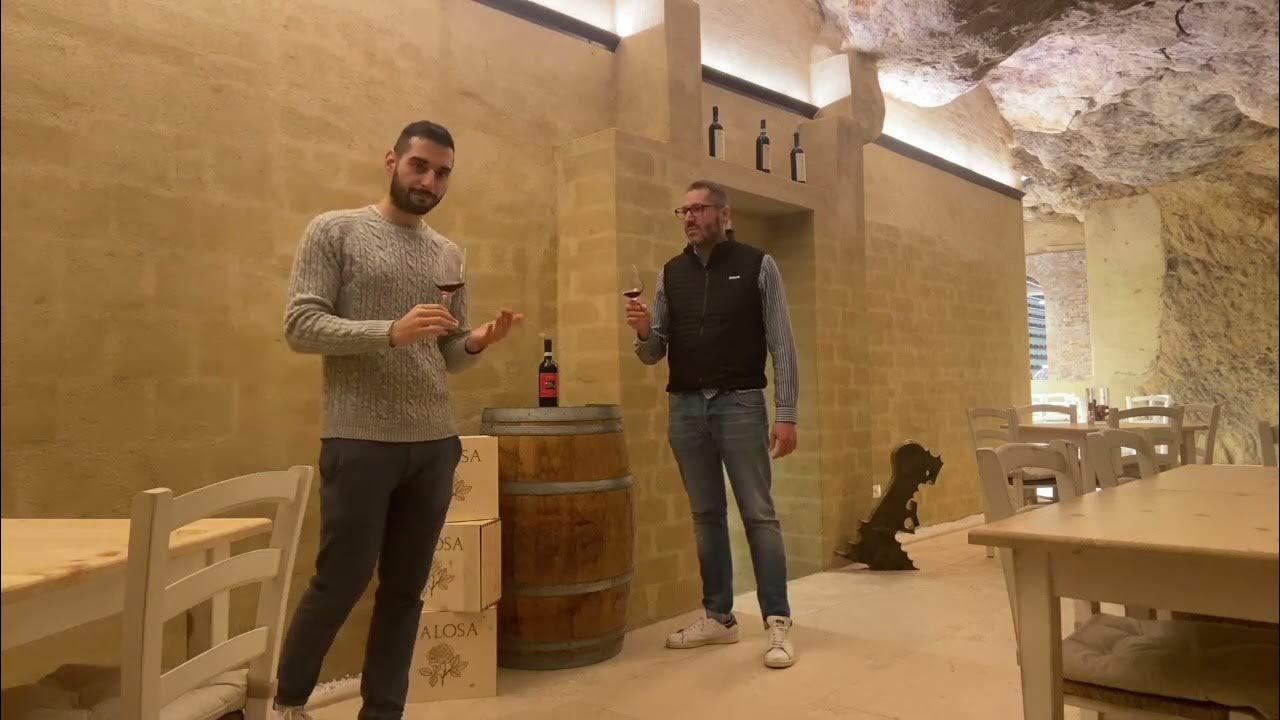
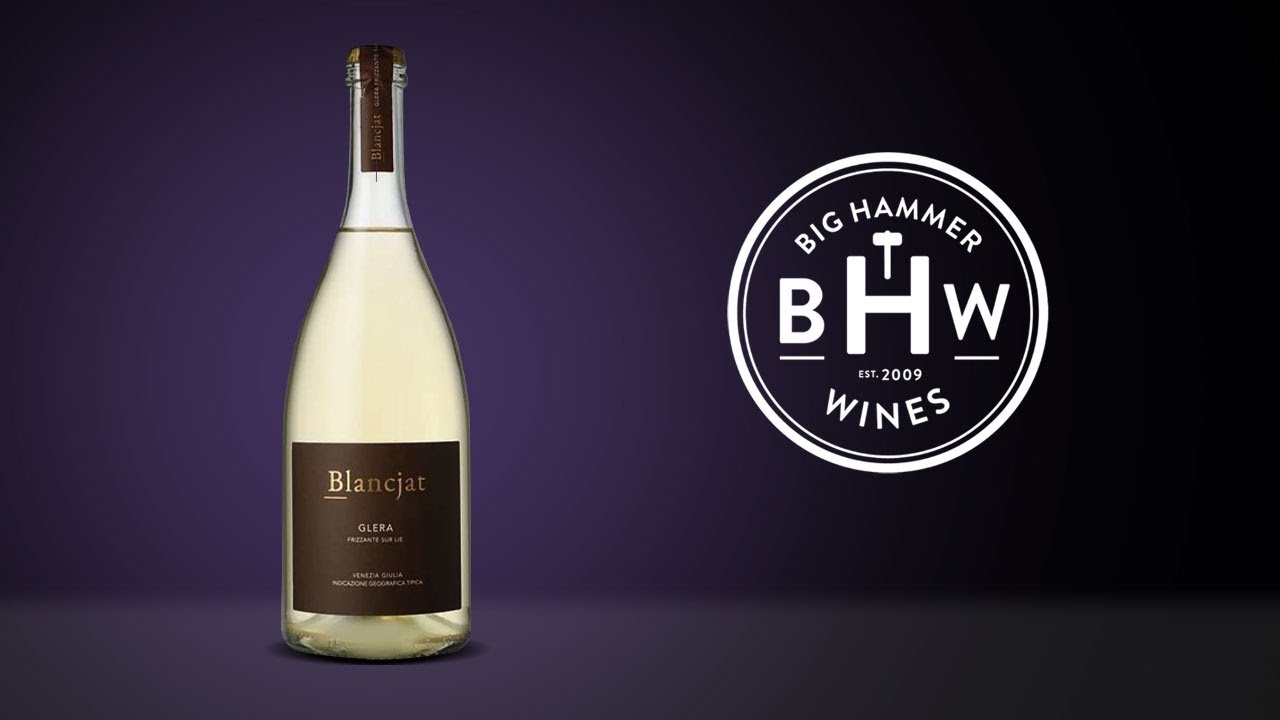
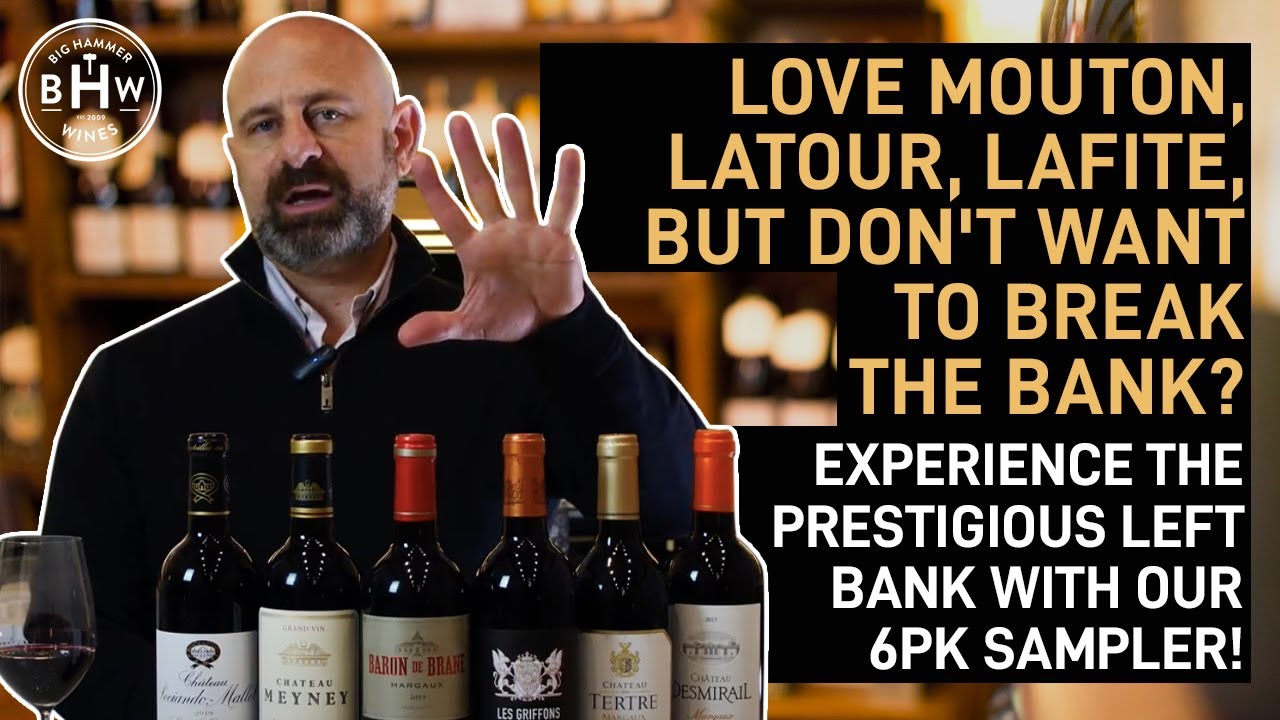
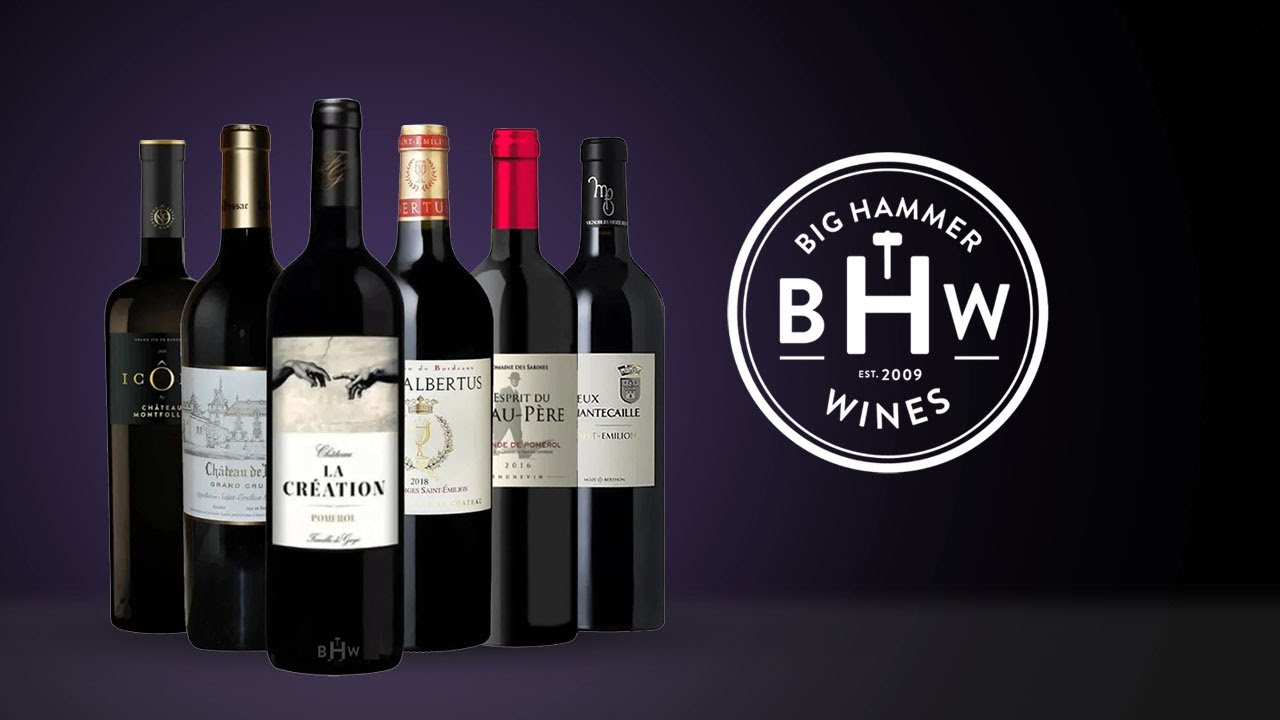
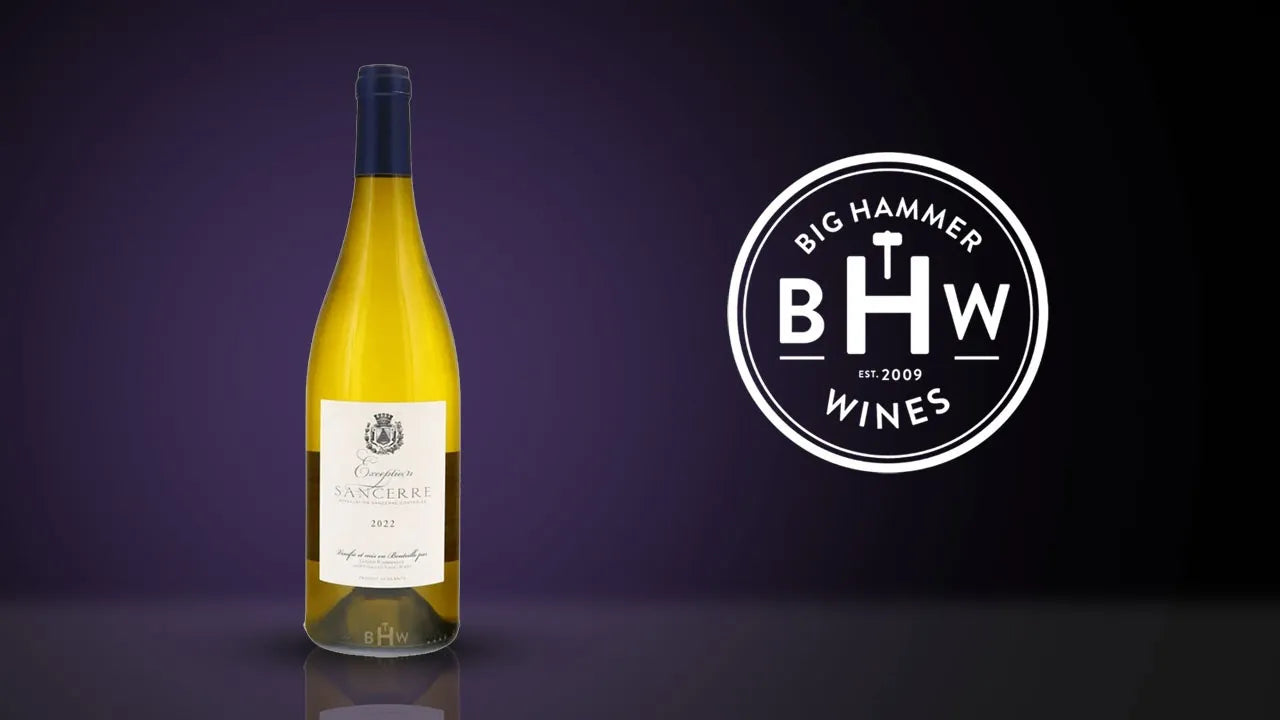
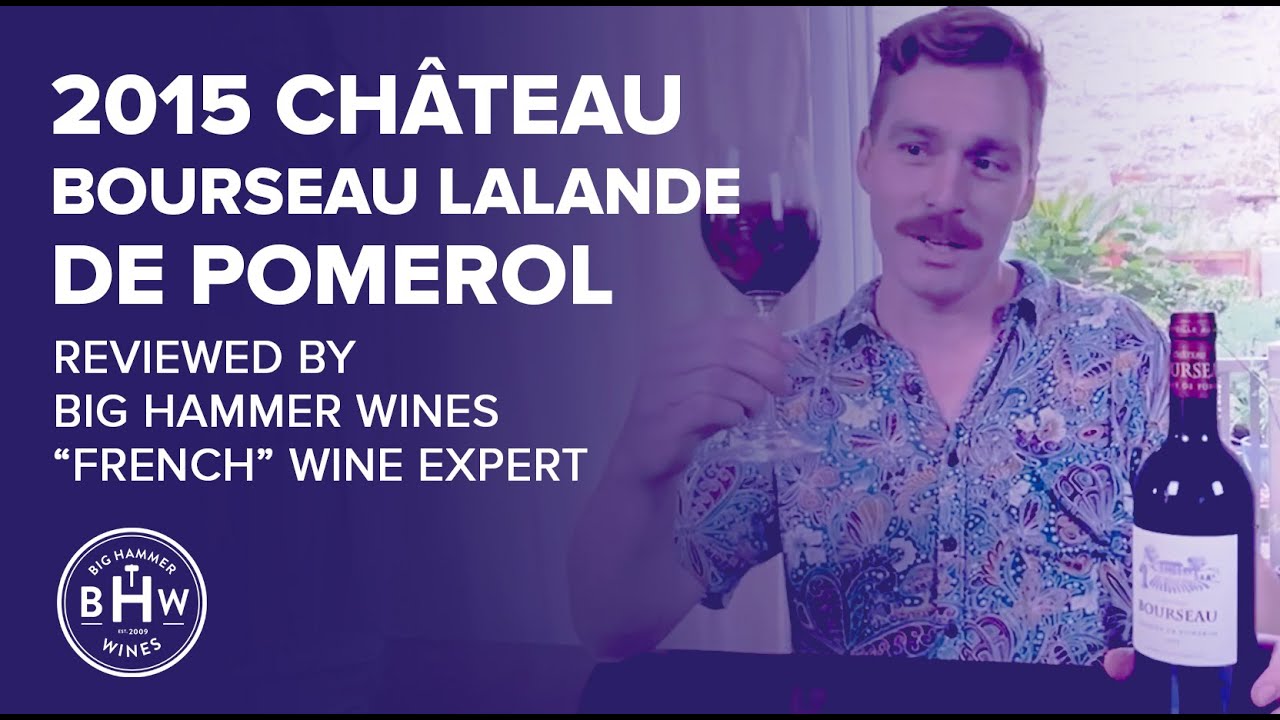
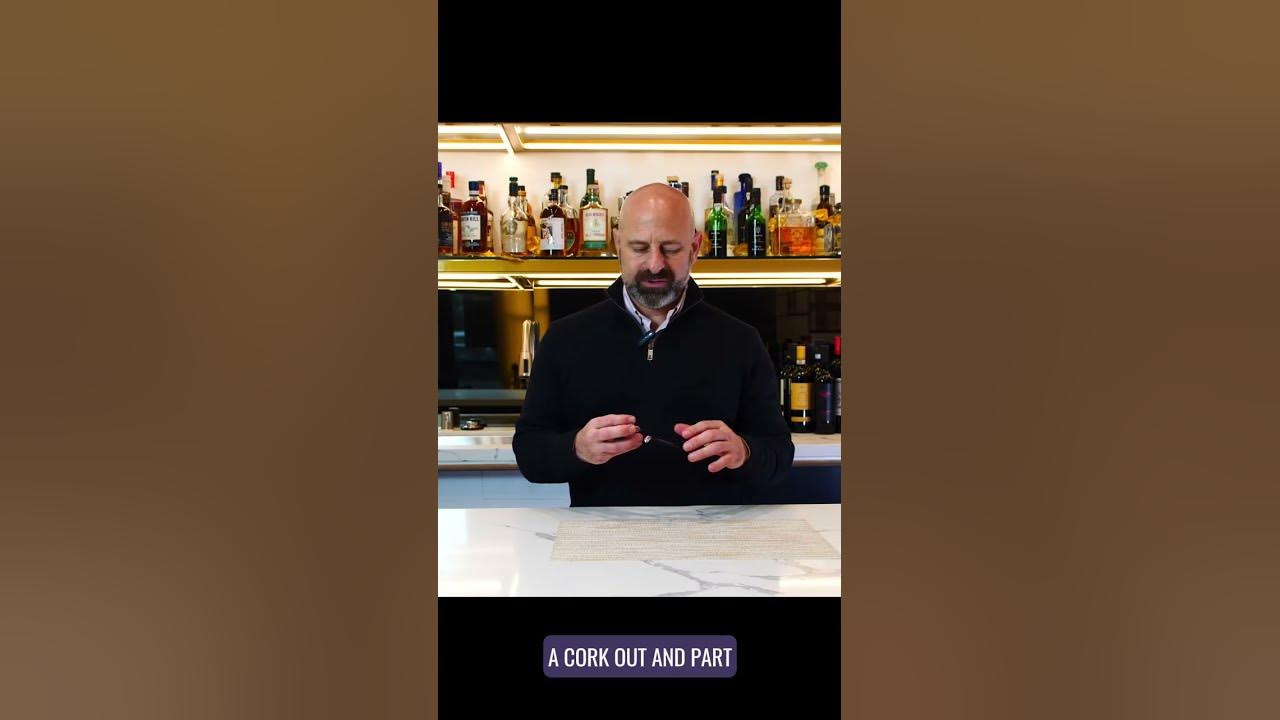
Share:
Why is There a Worm in my Tequila & Mezcal?
Uncork the Best Wine for the Fourth of July
Comments Section